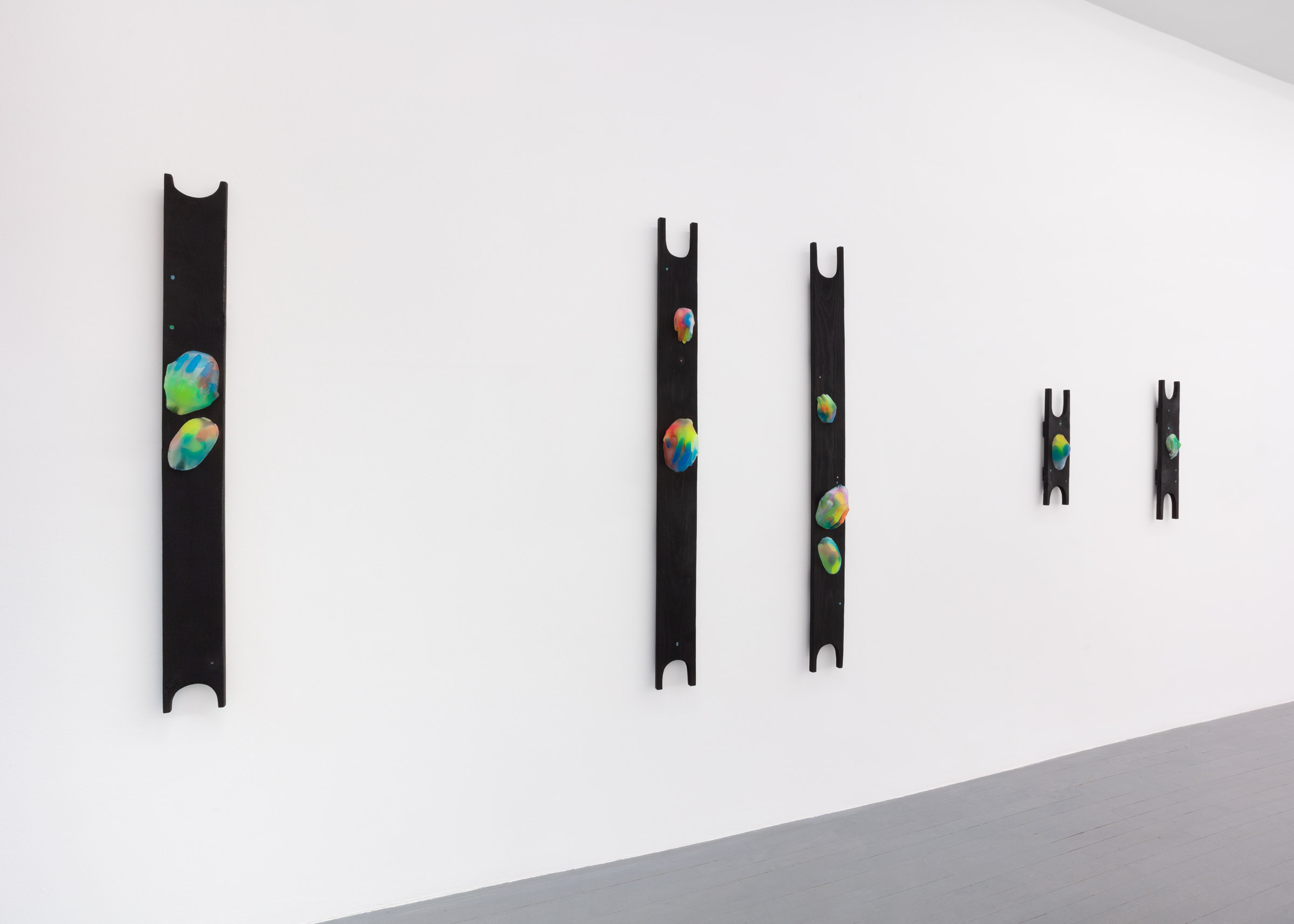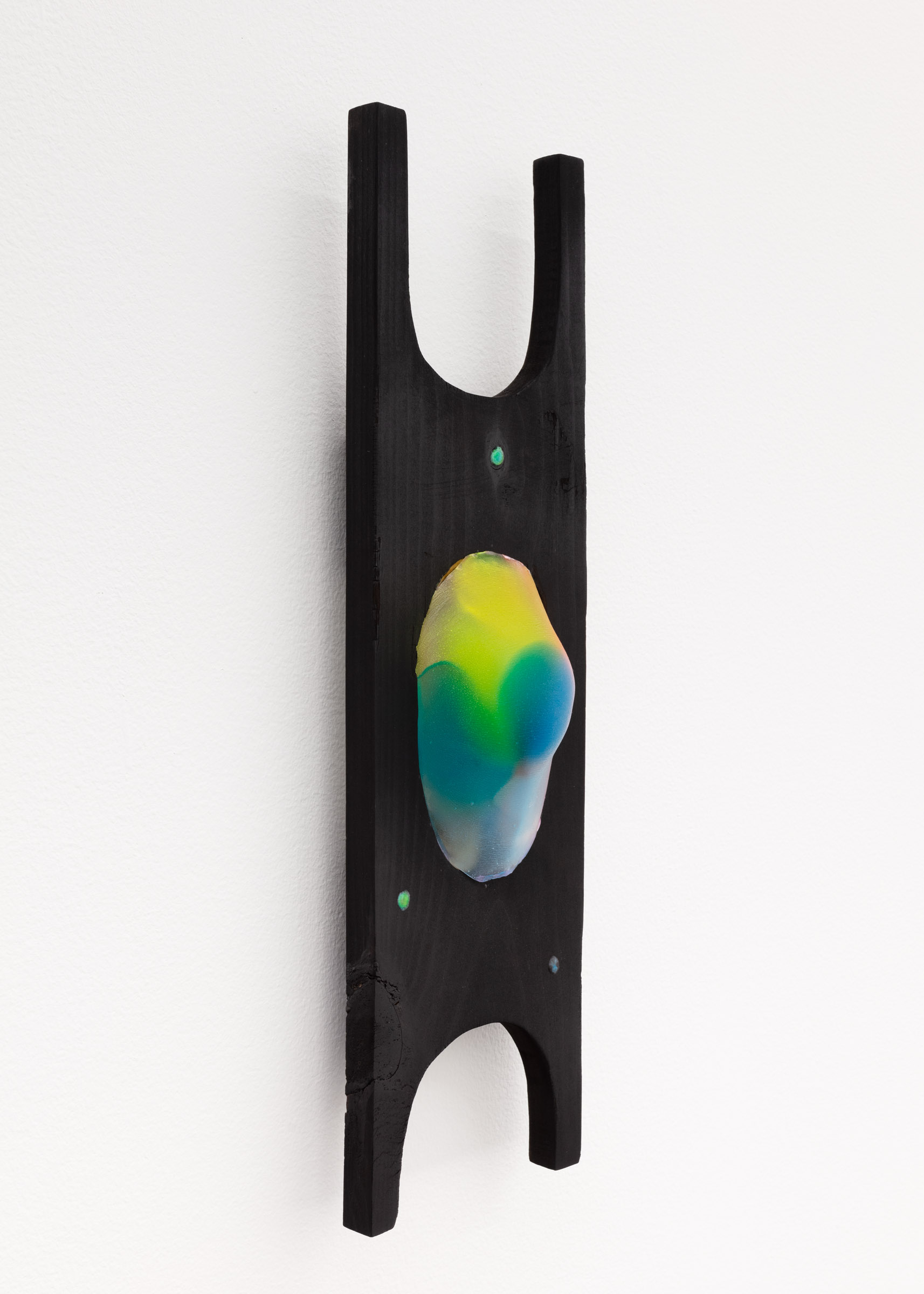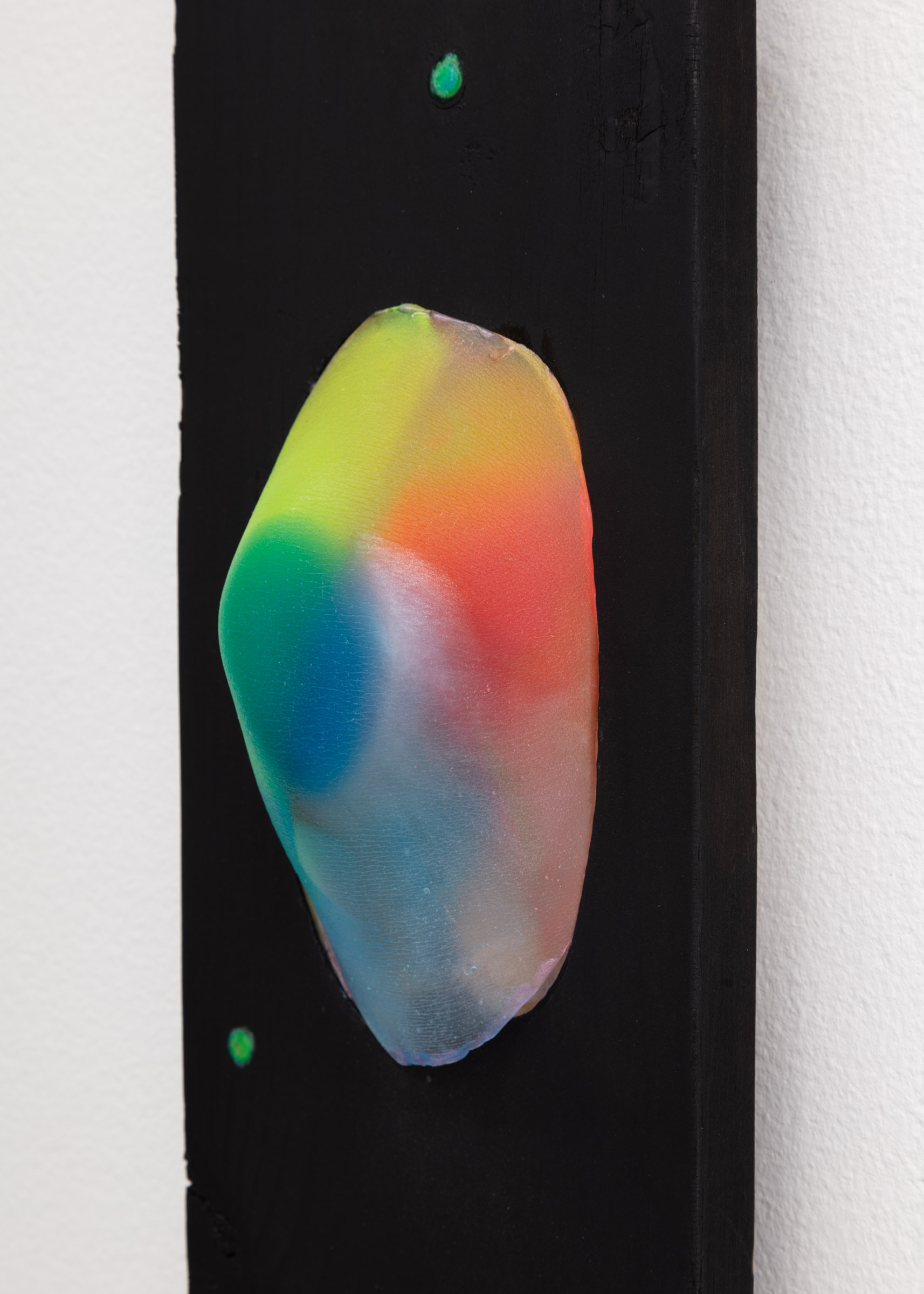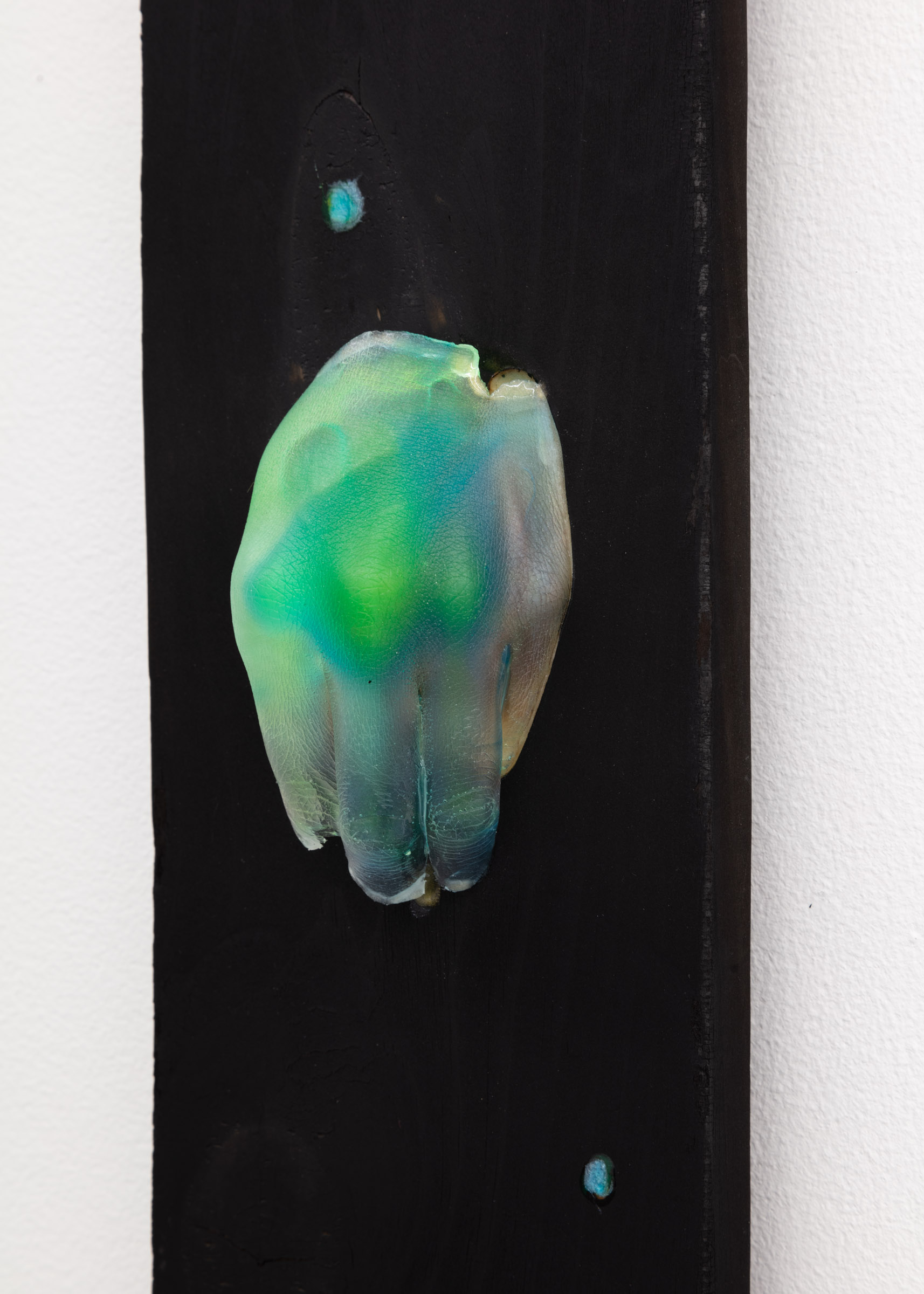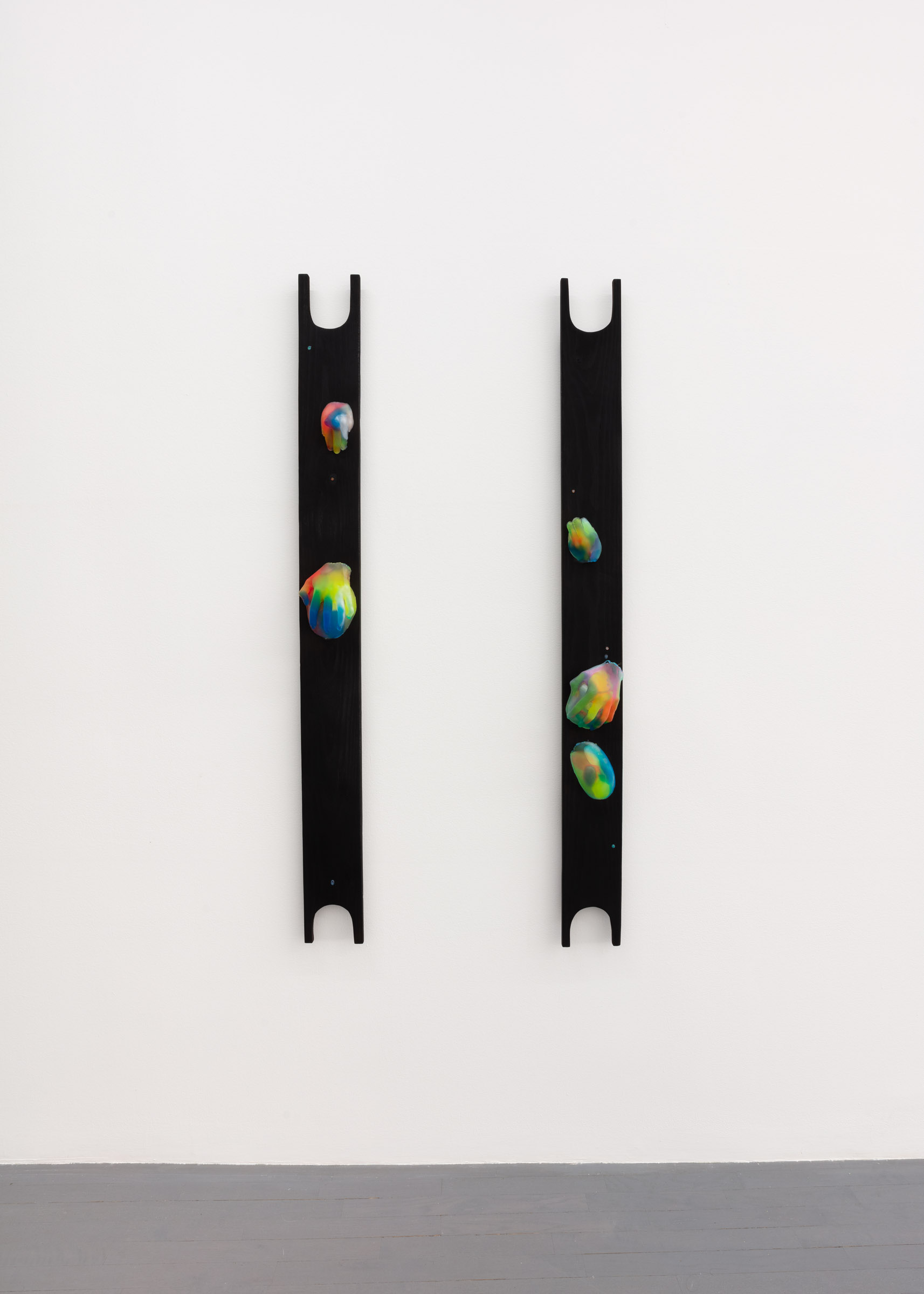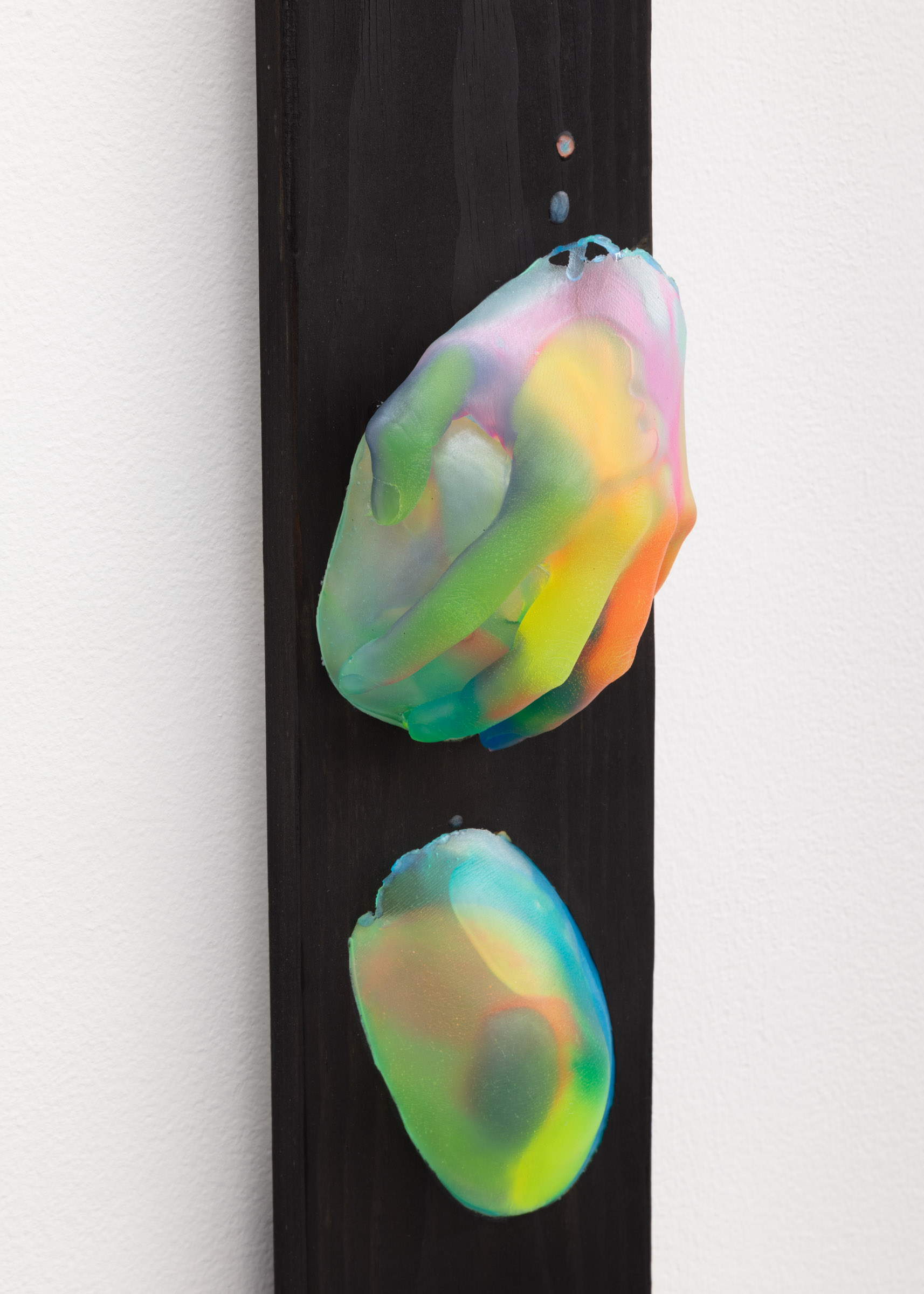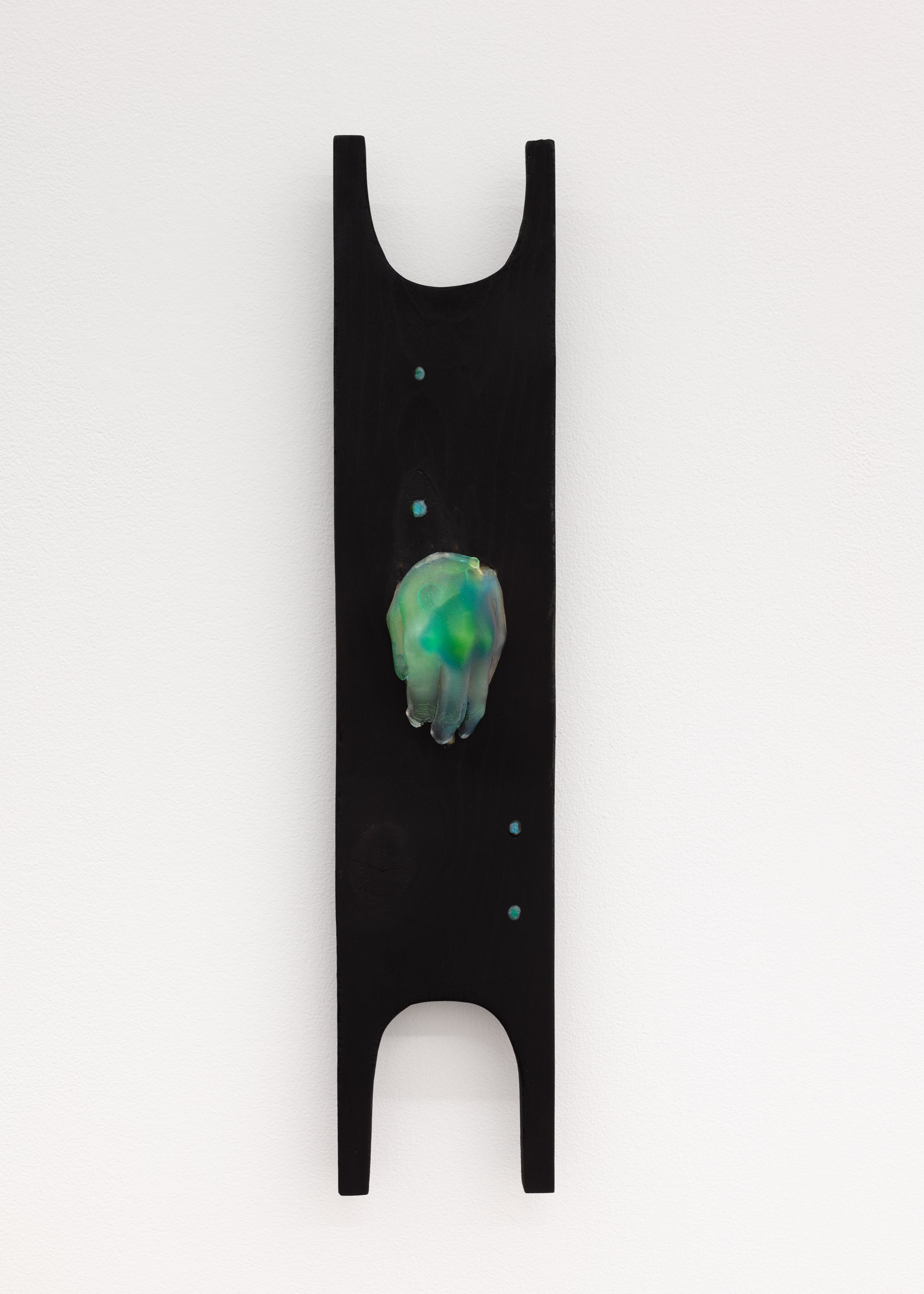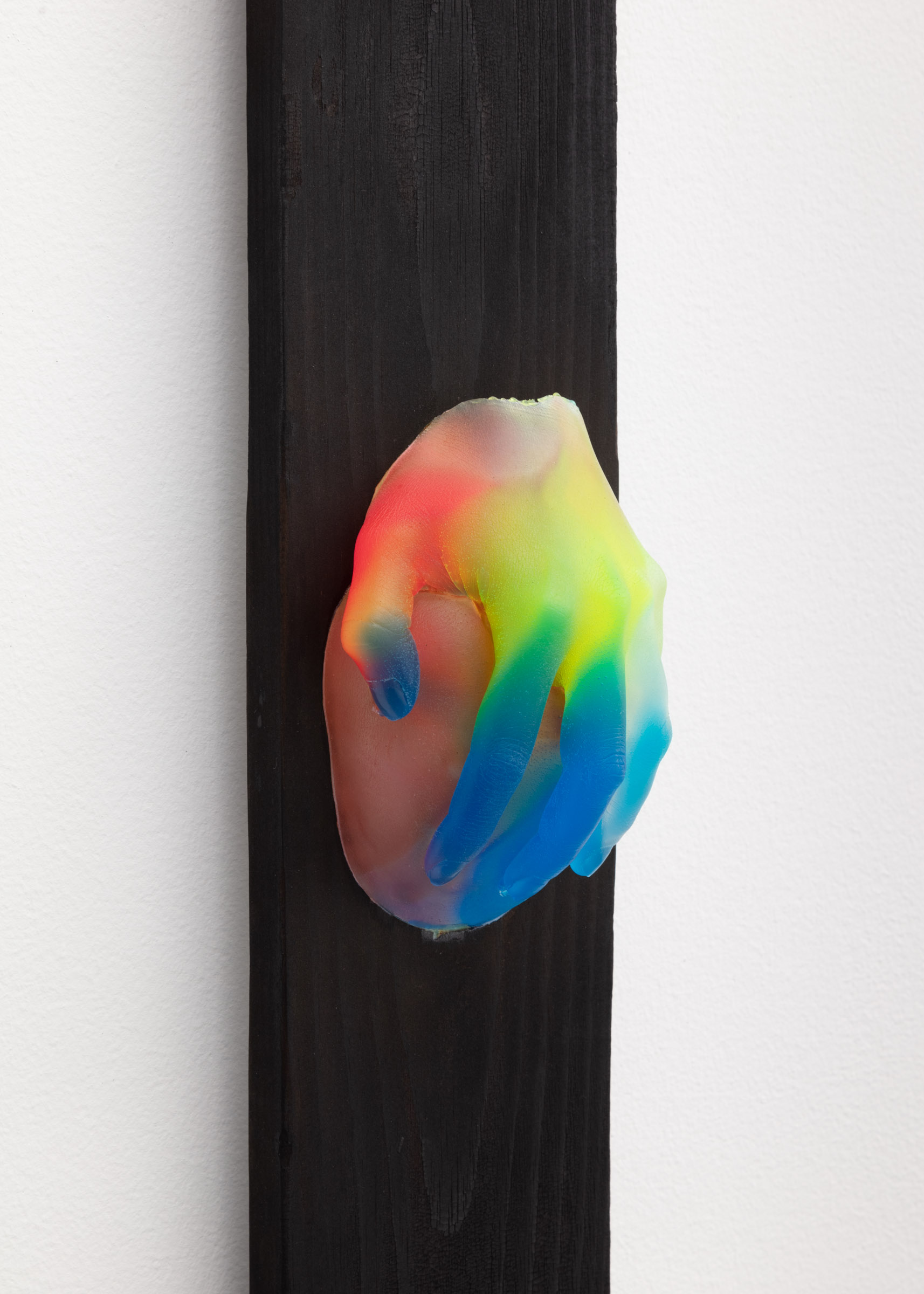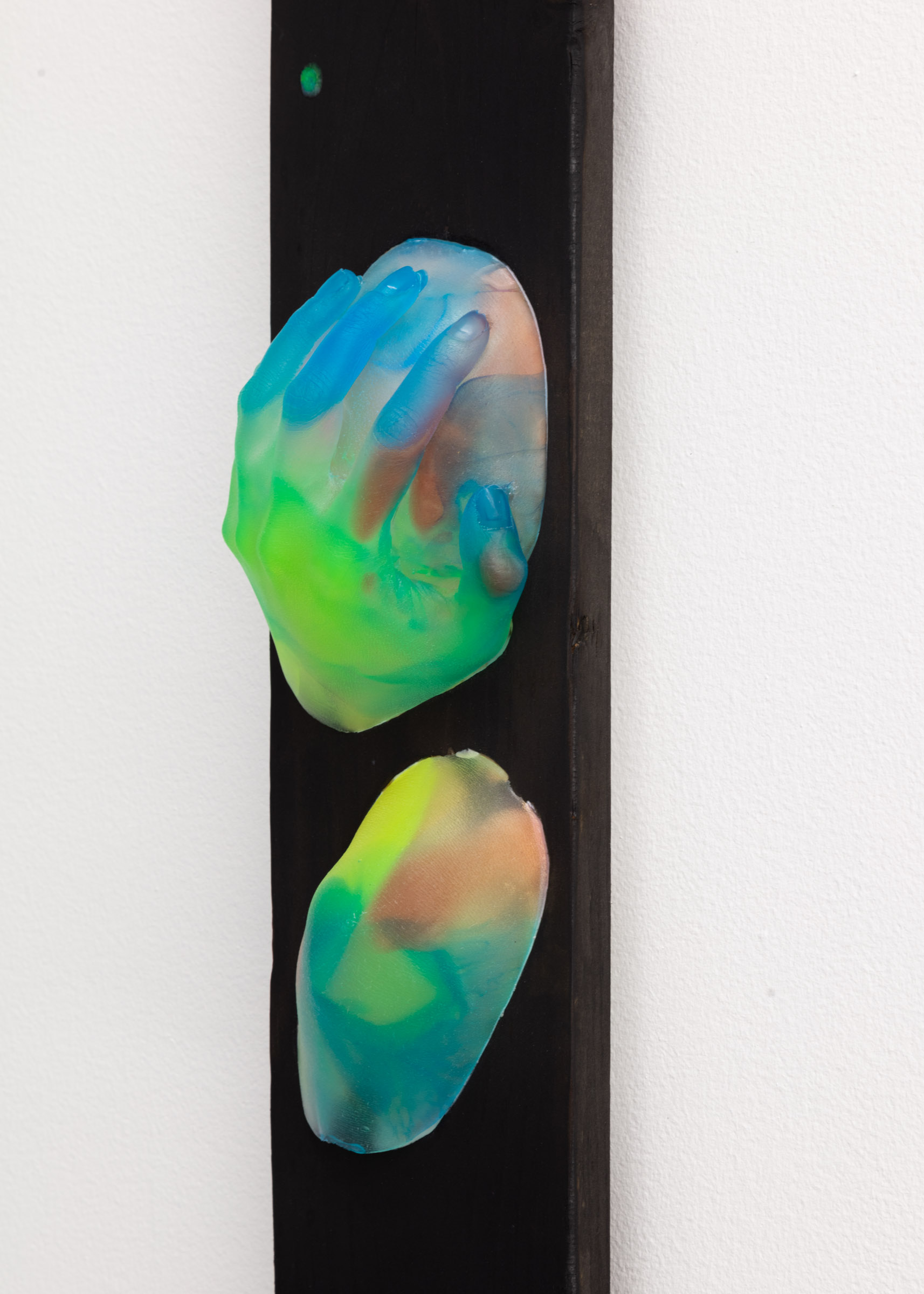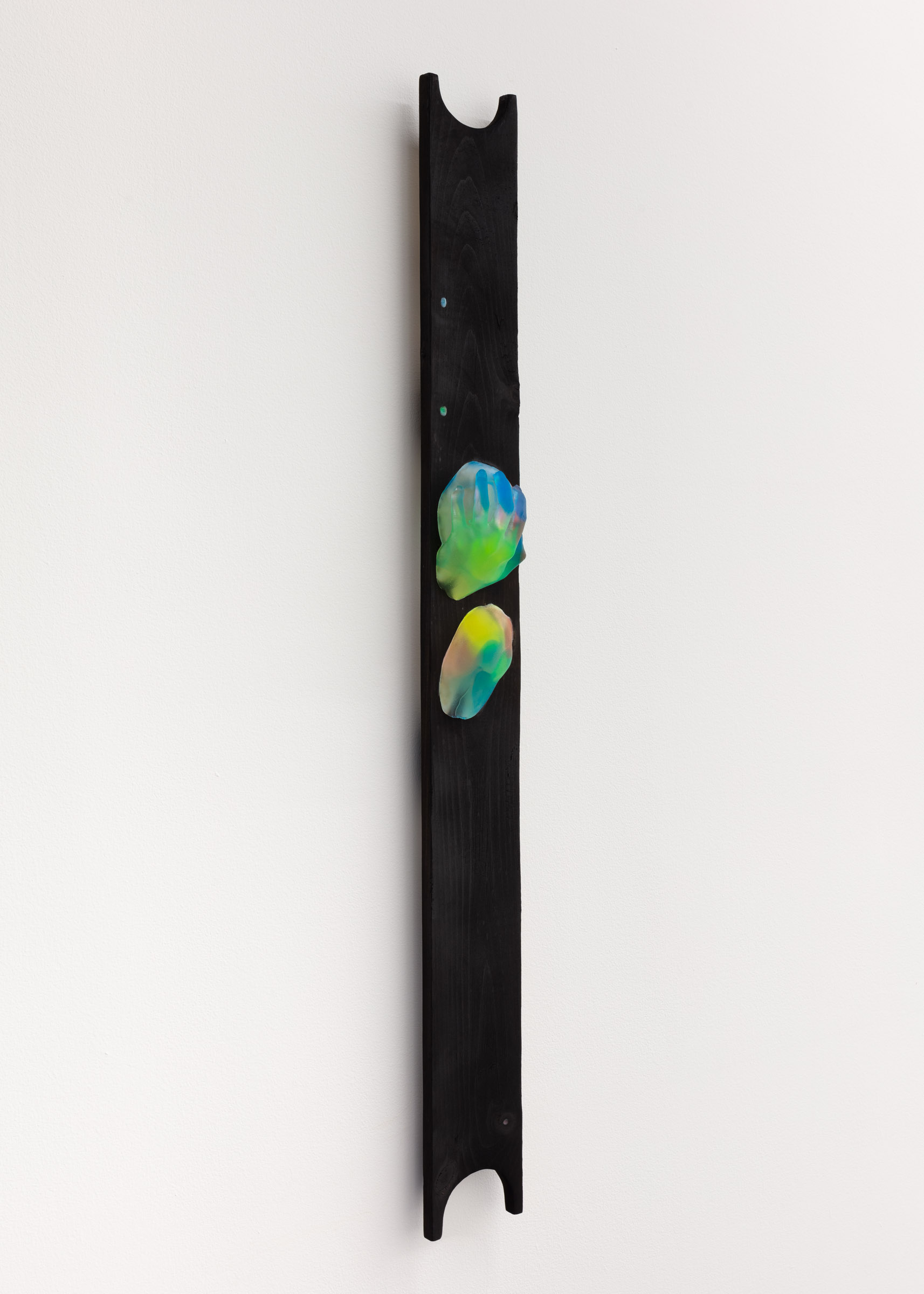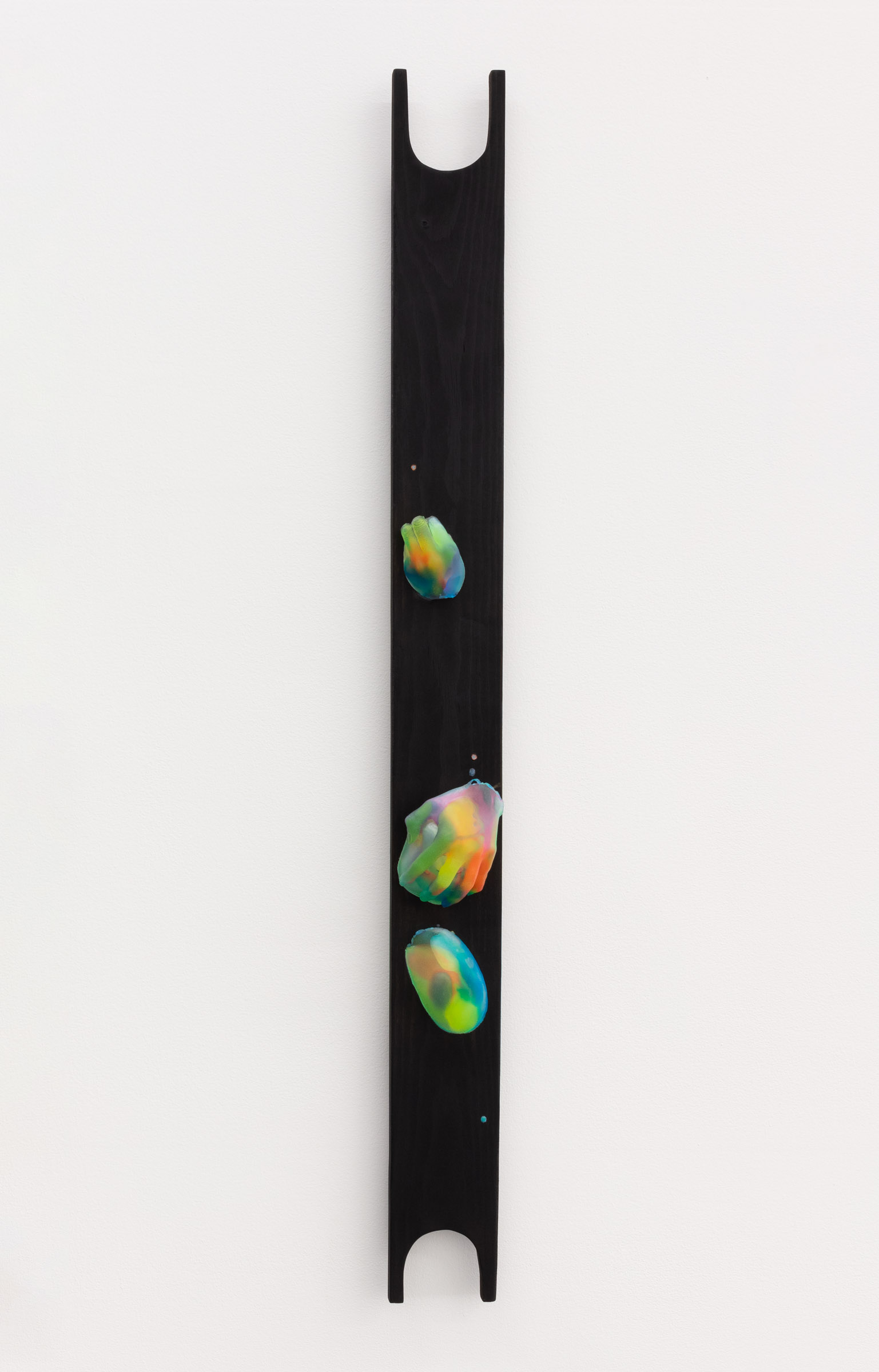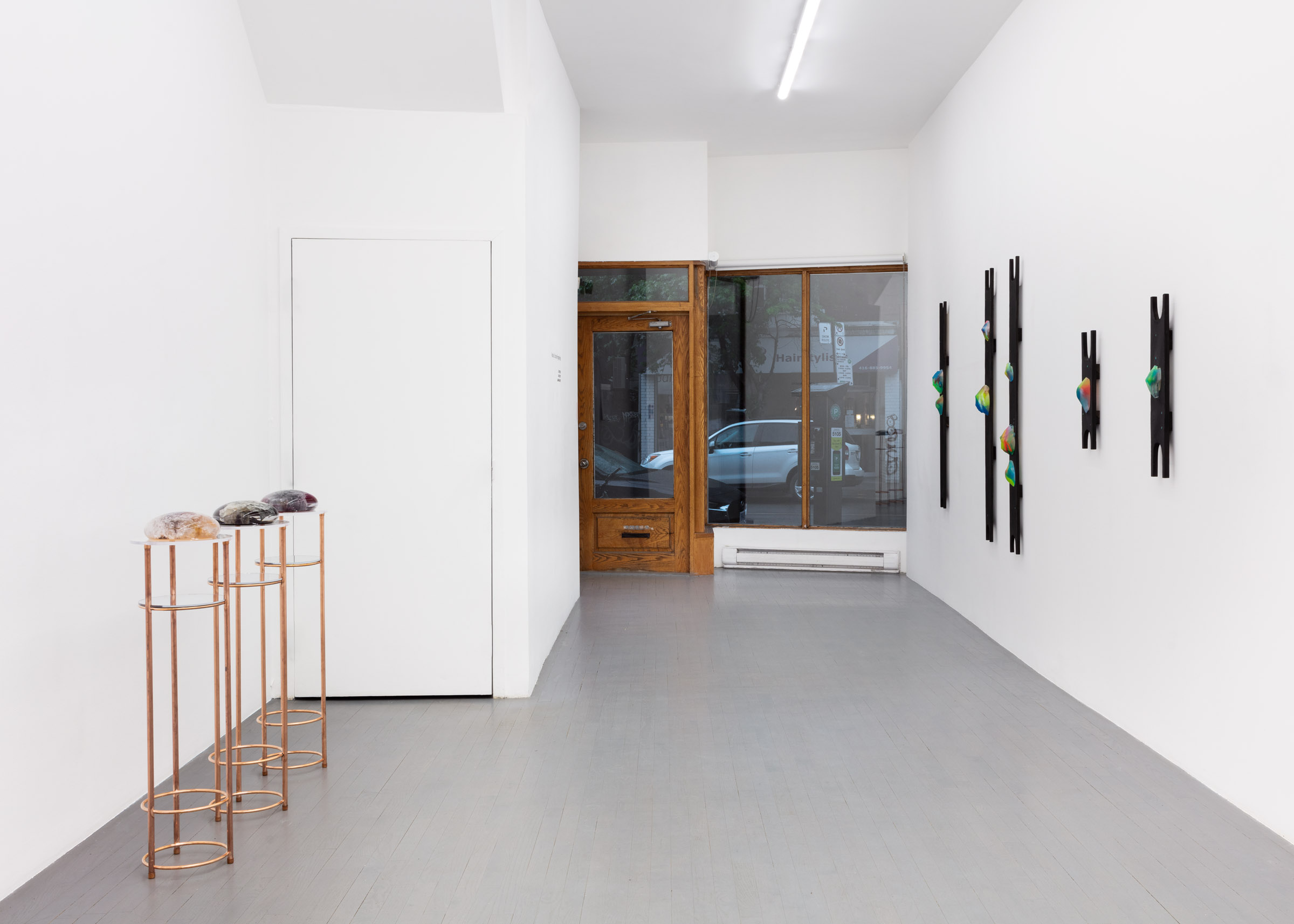Part of the exhibition Emergent/cy, at ENTRE, Vienna. Primary Futures reflects on the changing conditions of Canada’s primary and old-growth forests, focusing on the Western Red Cedar—an ancient species and vital carbon store. Through burning, dyeing, and layering cedar and canvas, Primary Futures traces the marks left by fire, sun, water, and industry, highlighting how these forces are intensifying and reshaping forest ecosystems.
material
cedar, canvas, climbing rope, knuts.
cedar, canvas, climbing rope, knuts.

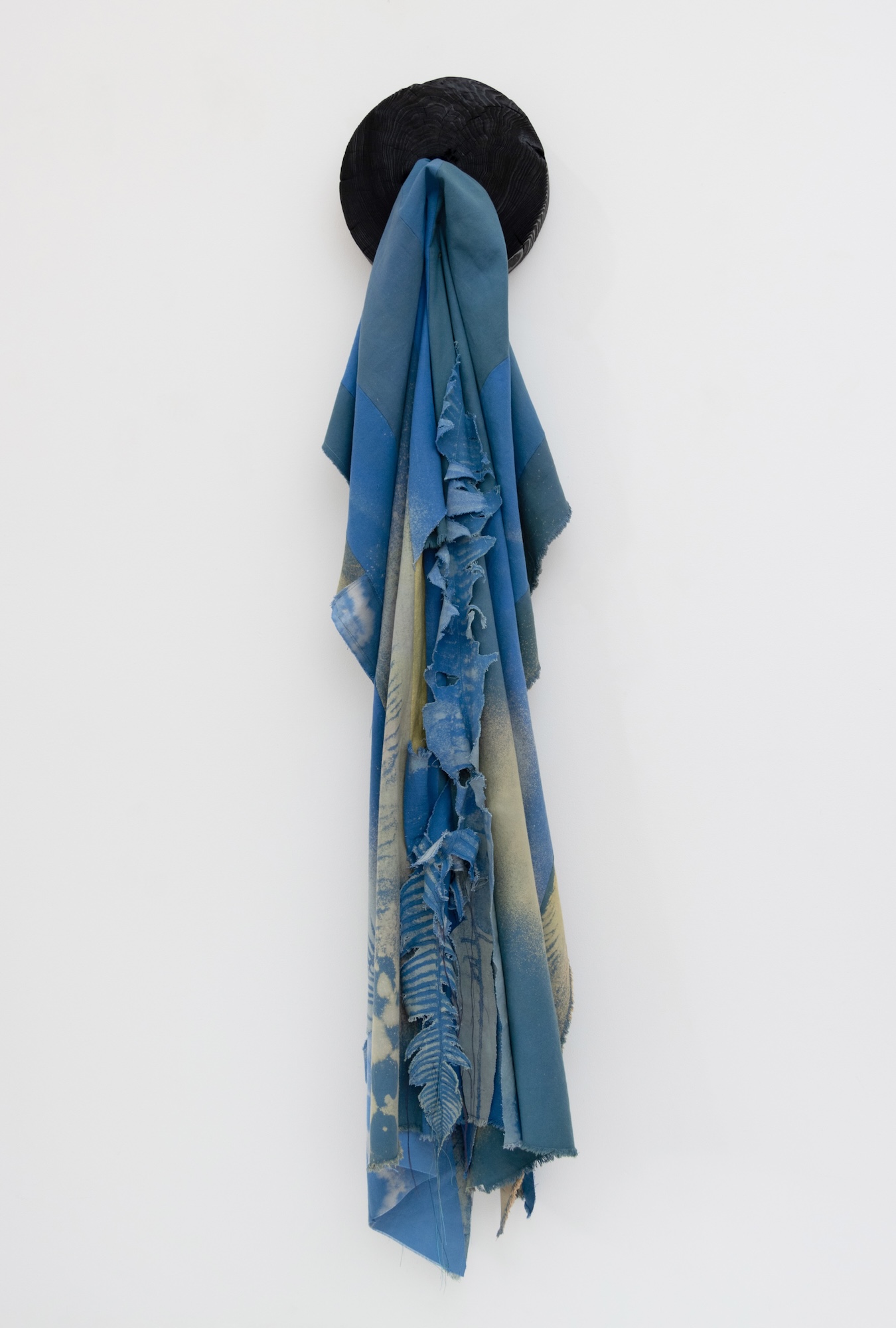
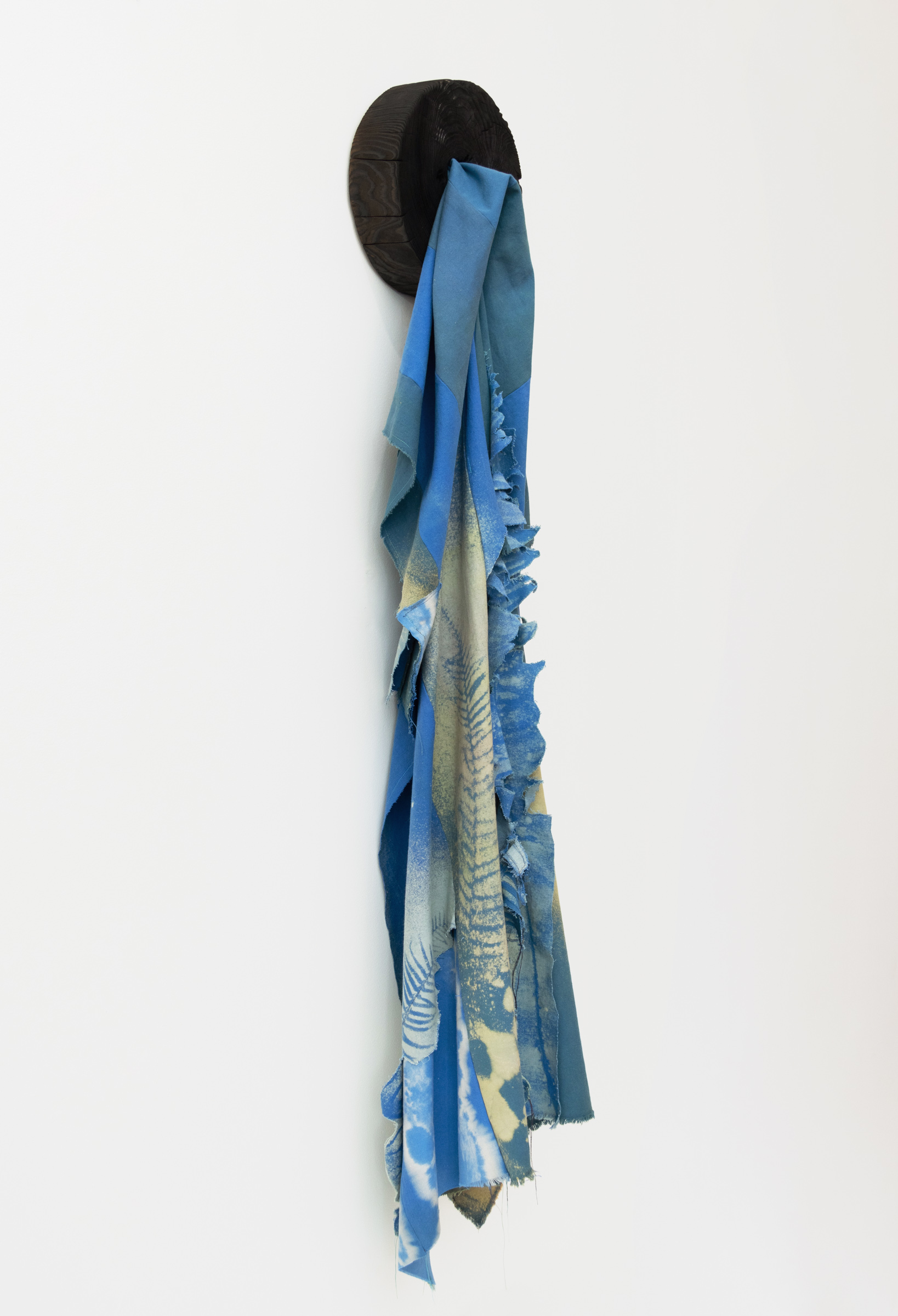



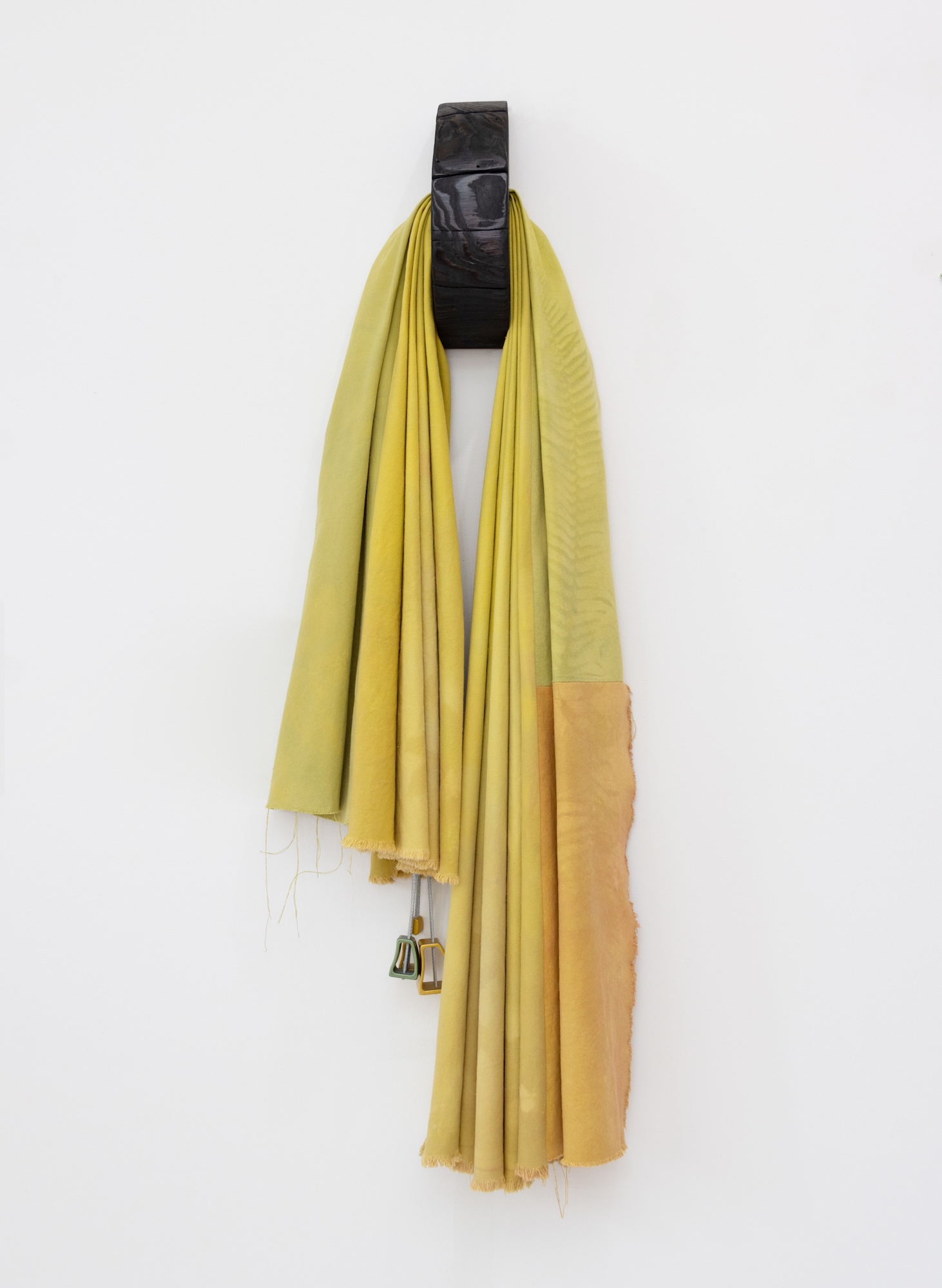


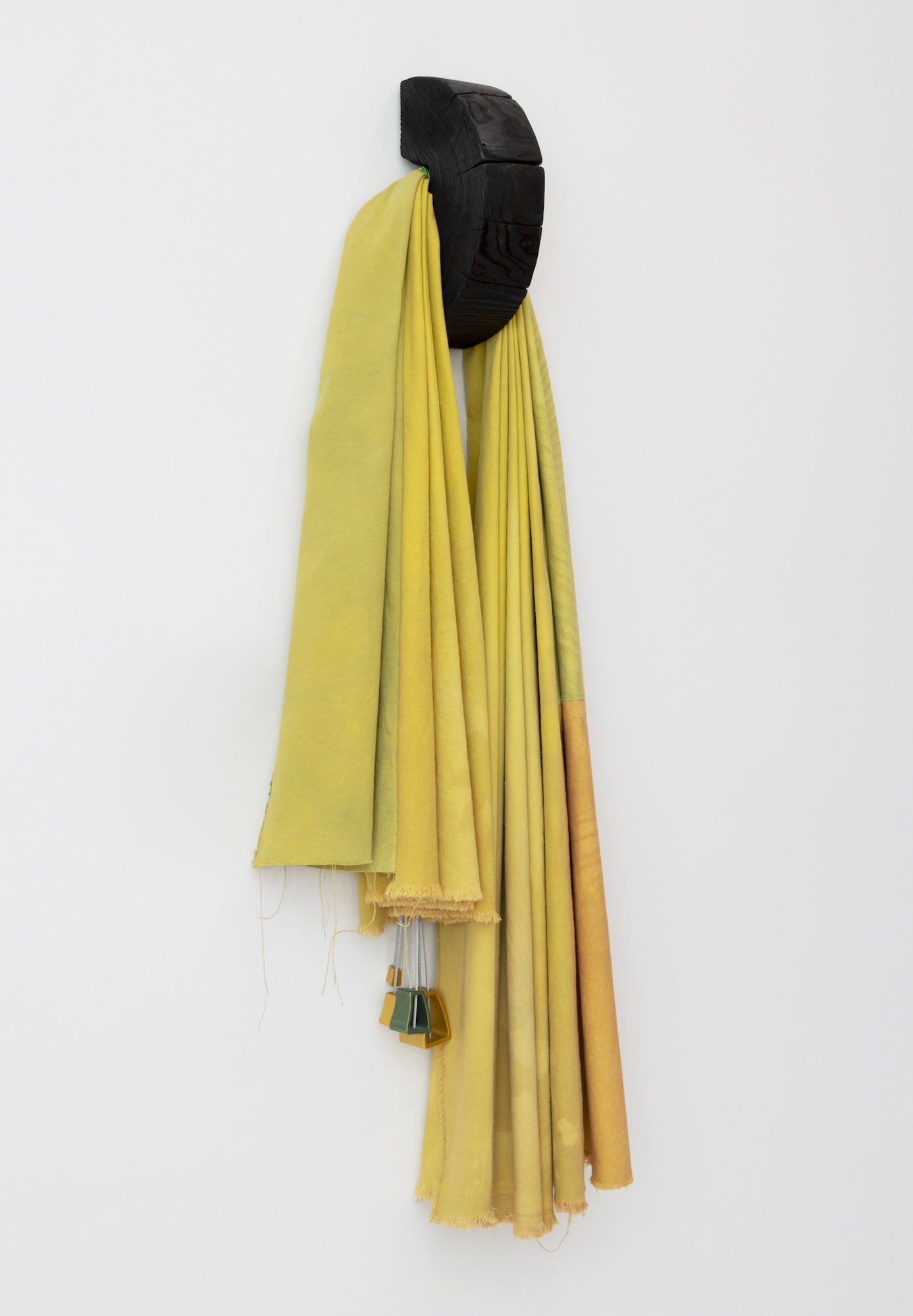

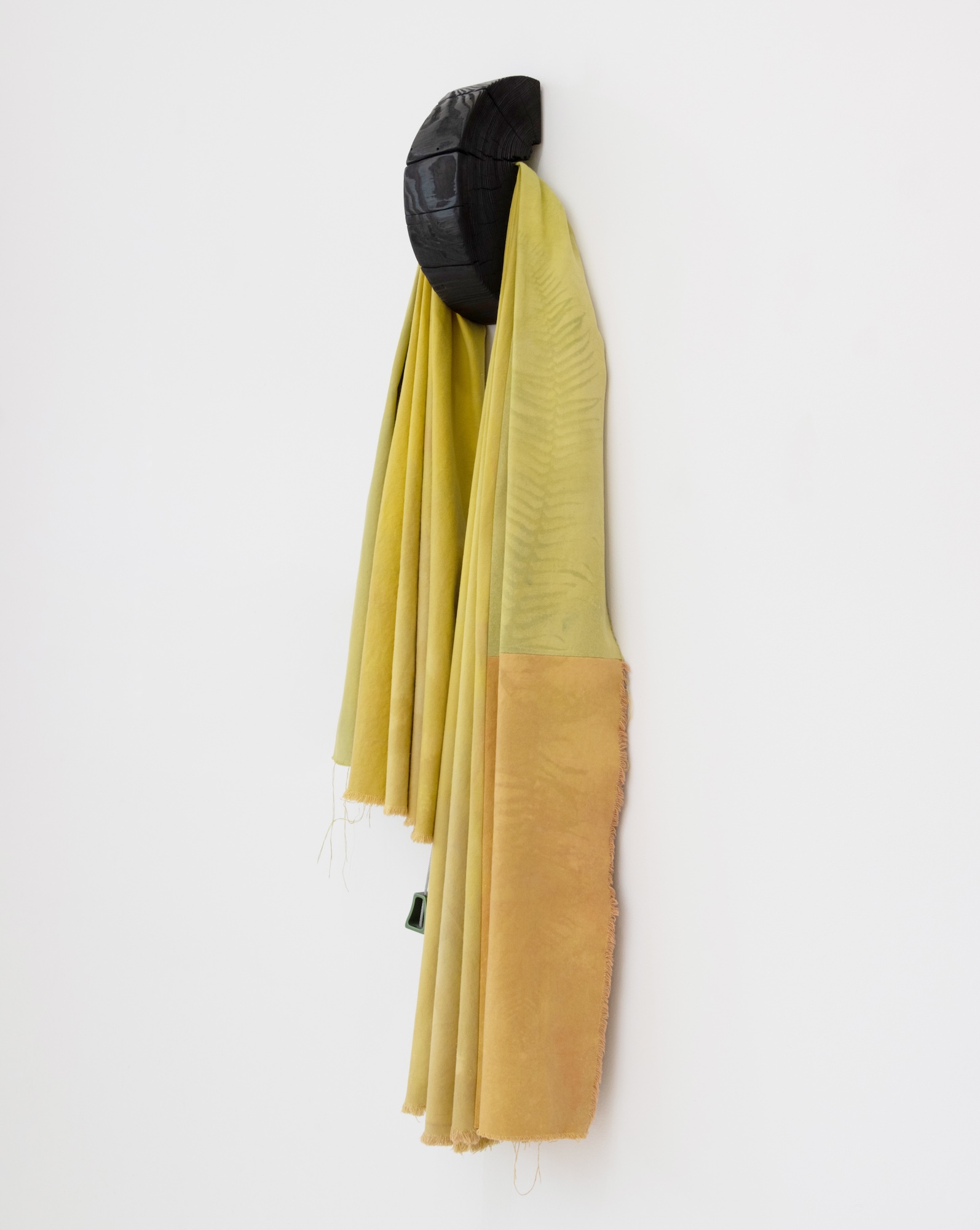
The Seed Sphinx is an ephemeral public sculpture installed in a community garden on Salt Spring Island for the summer of 2025. The work draws from land art histories, regenerative sculpture, and contemporary ephemera. Using compost, wildflower seeds that bloom out of a pressed earthen frame. The work bloomed for July and August. In September the seeds from the artwork will be collected for future sculptures.
material
soil, clay, compost, seeds, community garden.
soil, clay, compost, seeds, community garden.
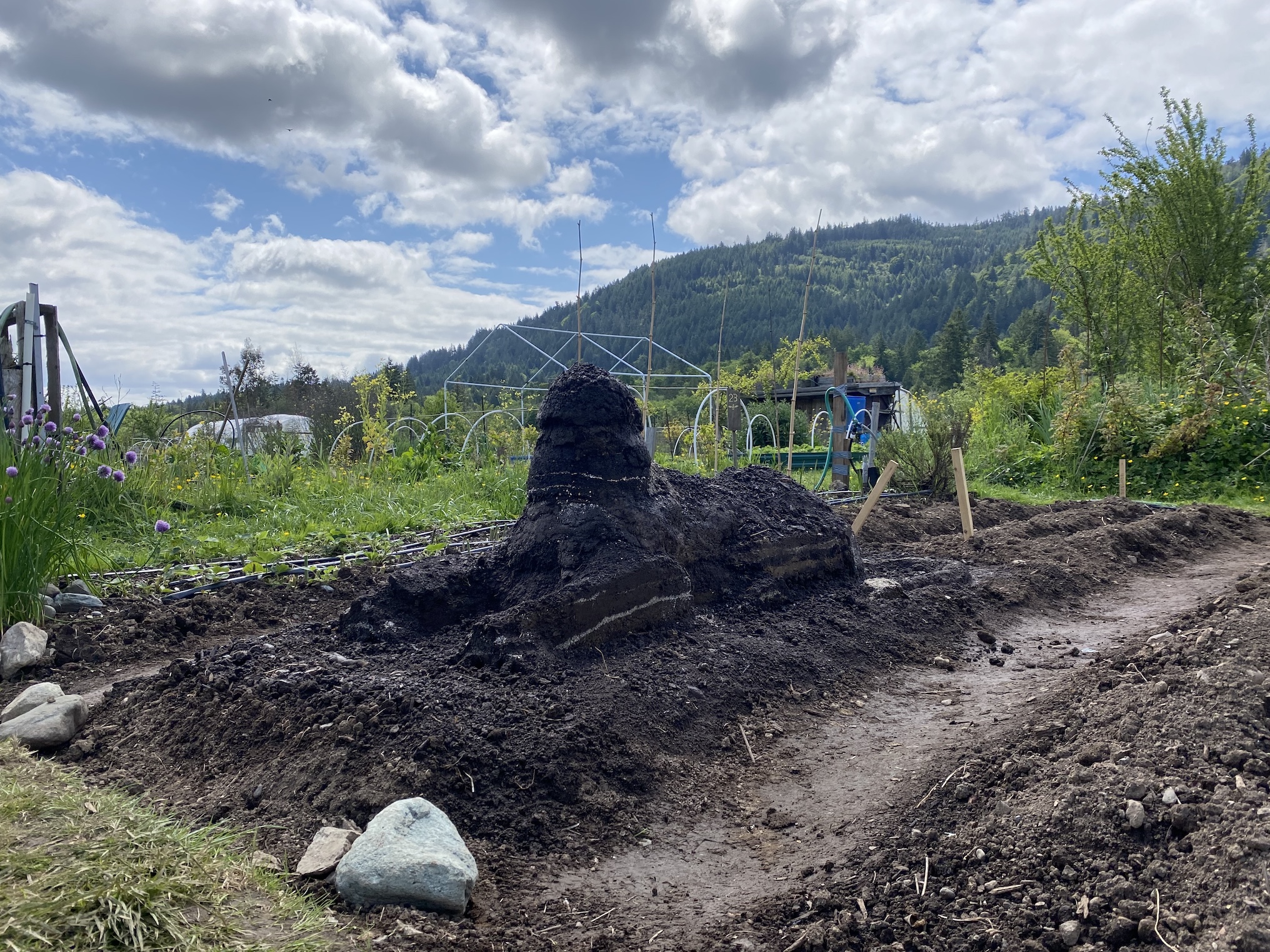
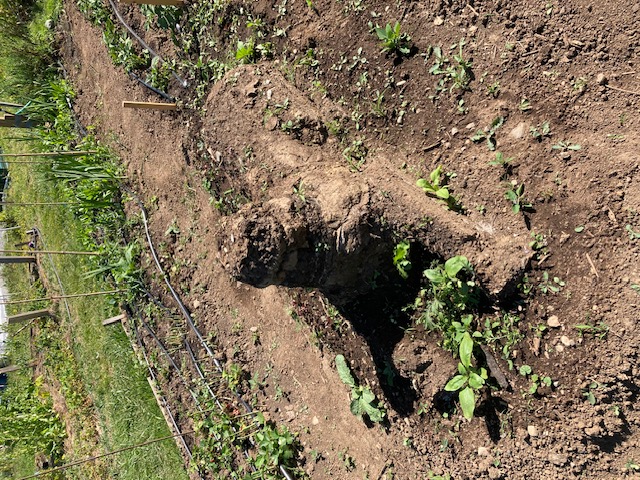
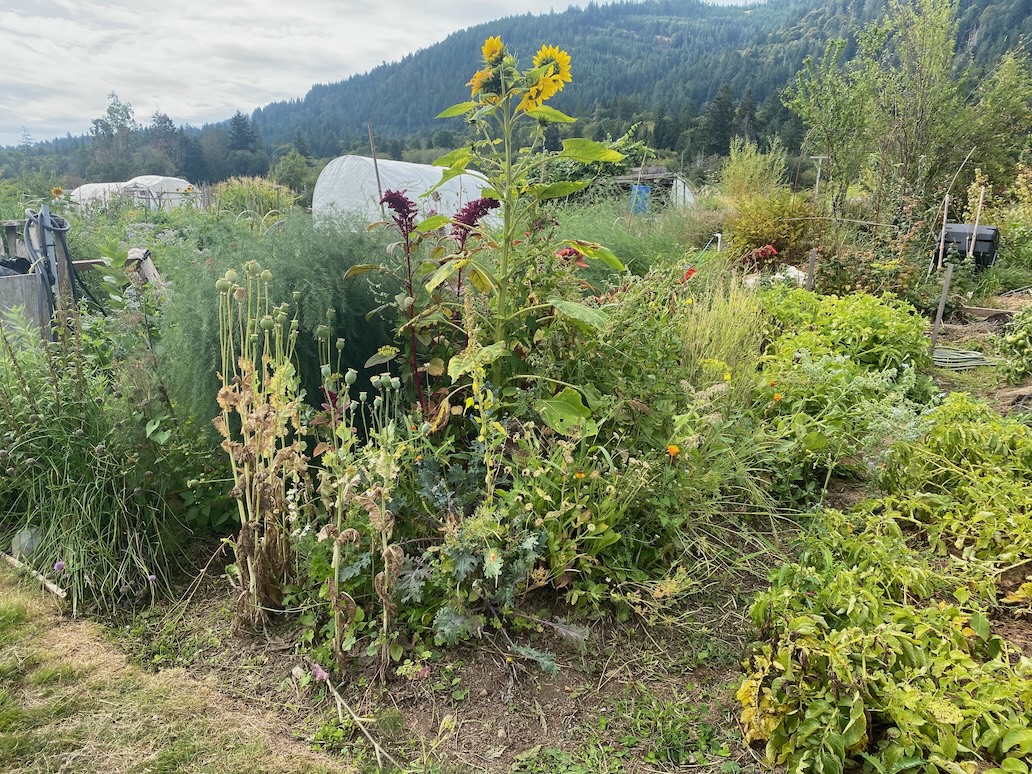
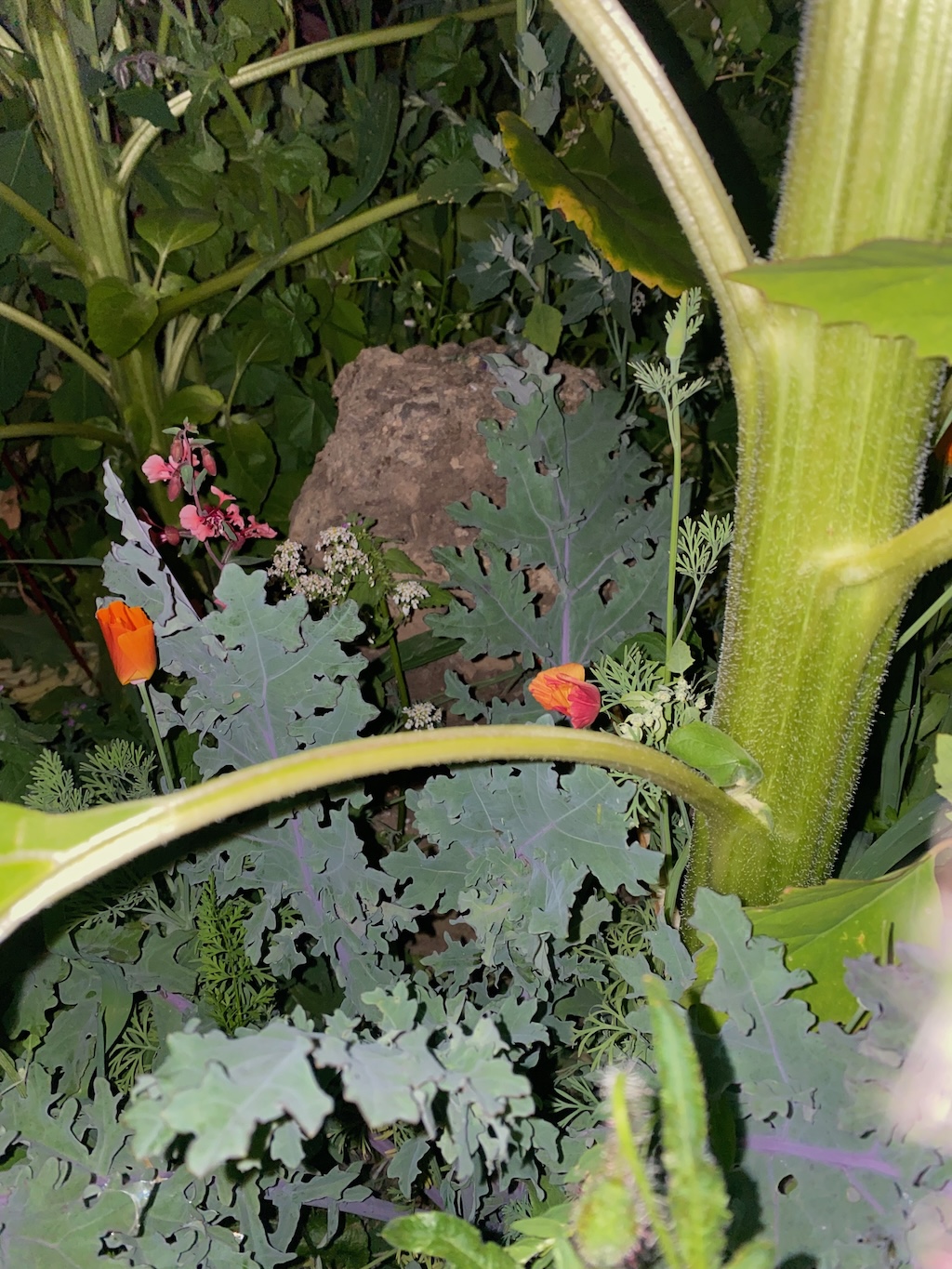
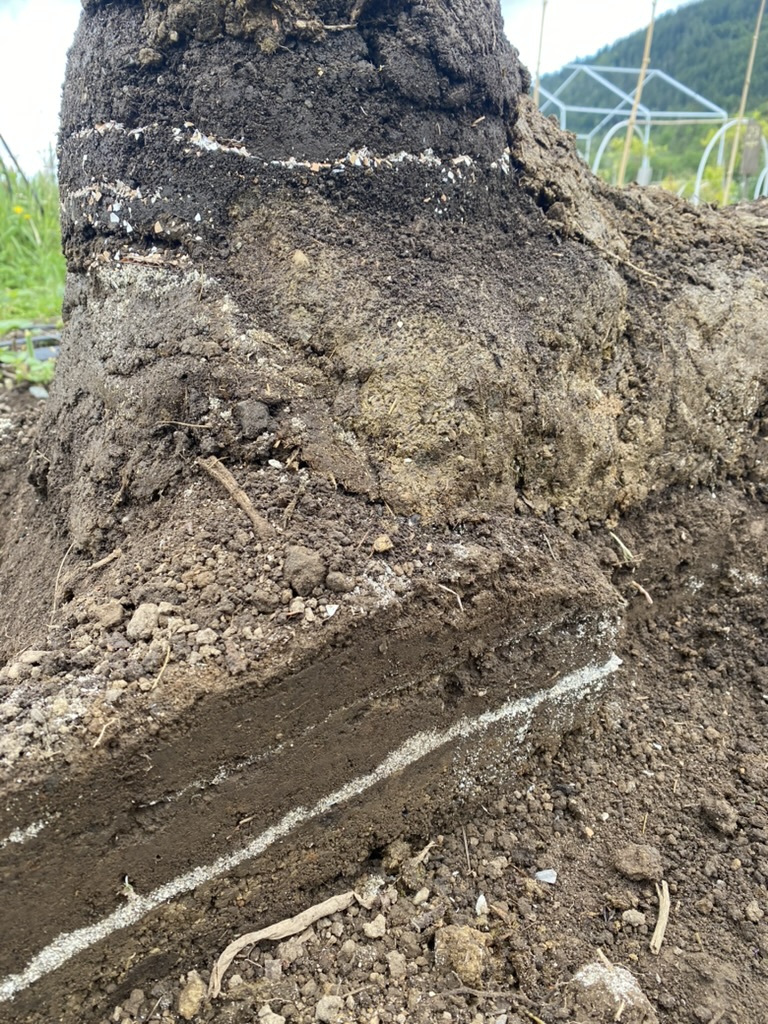
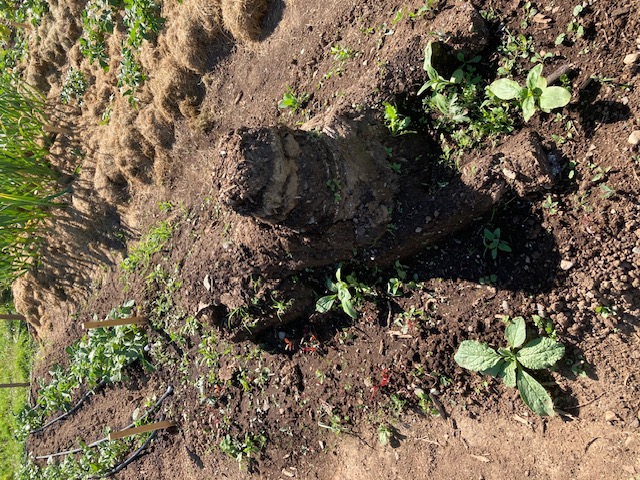
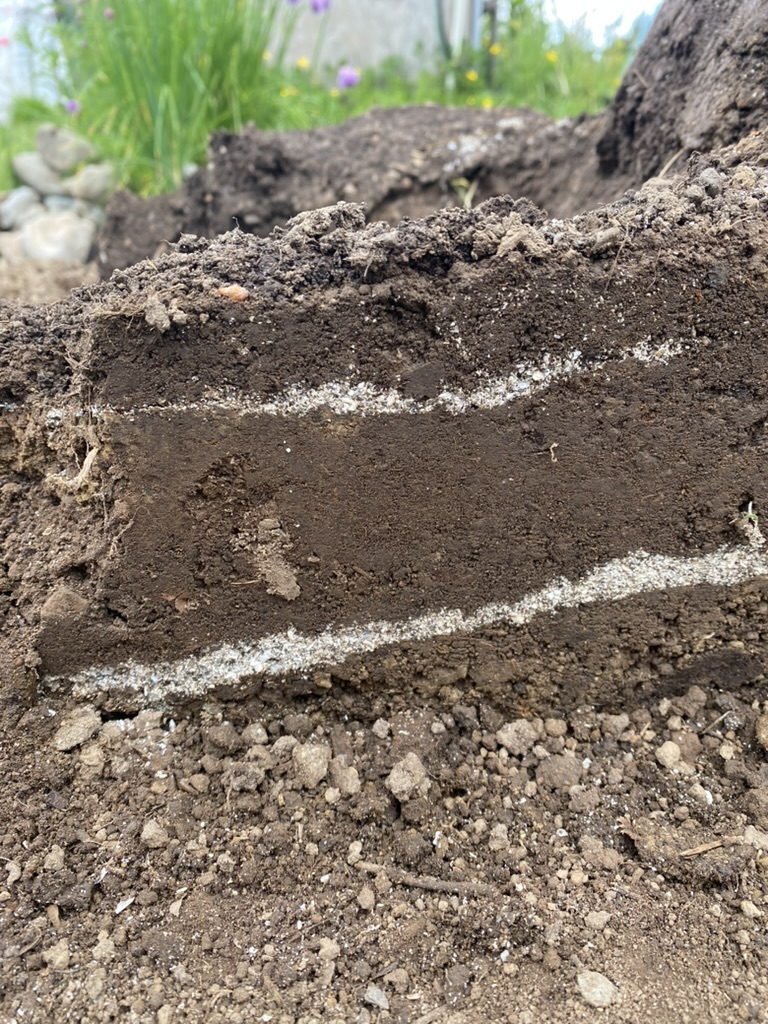


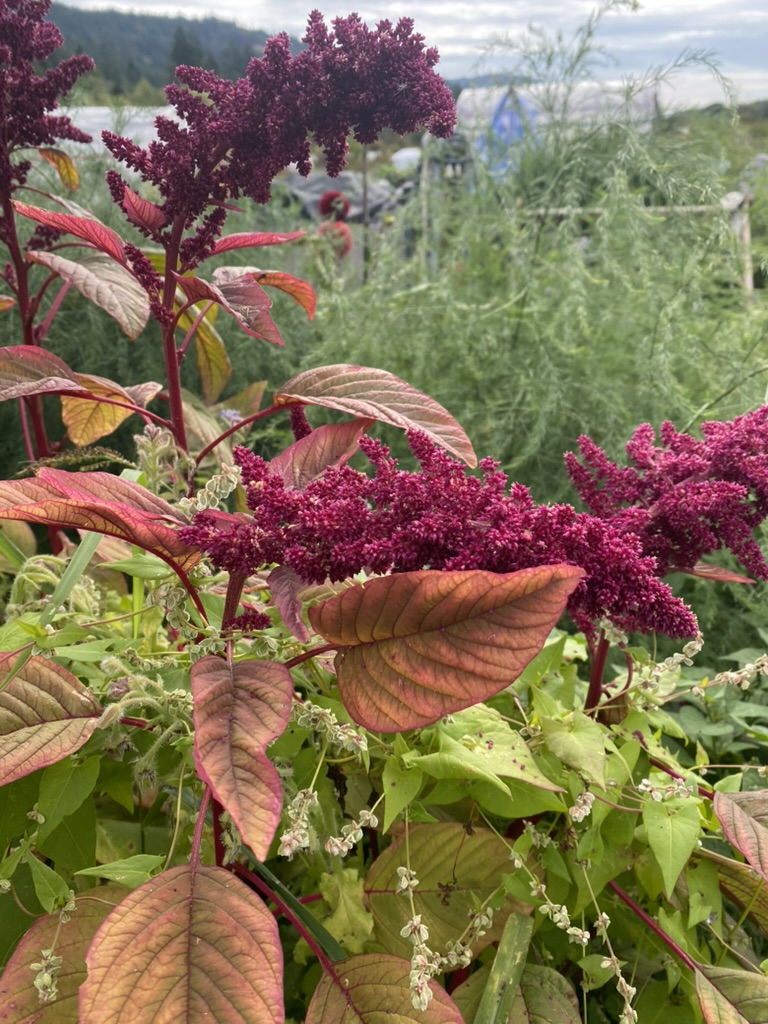


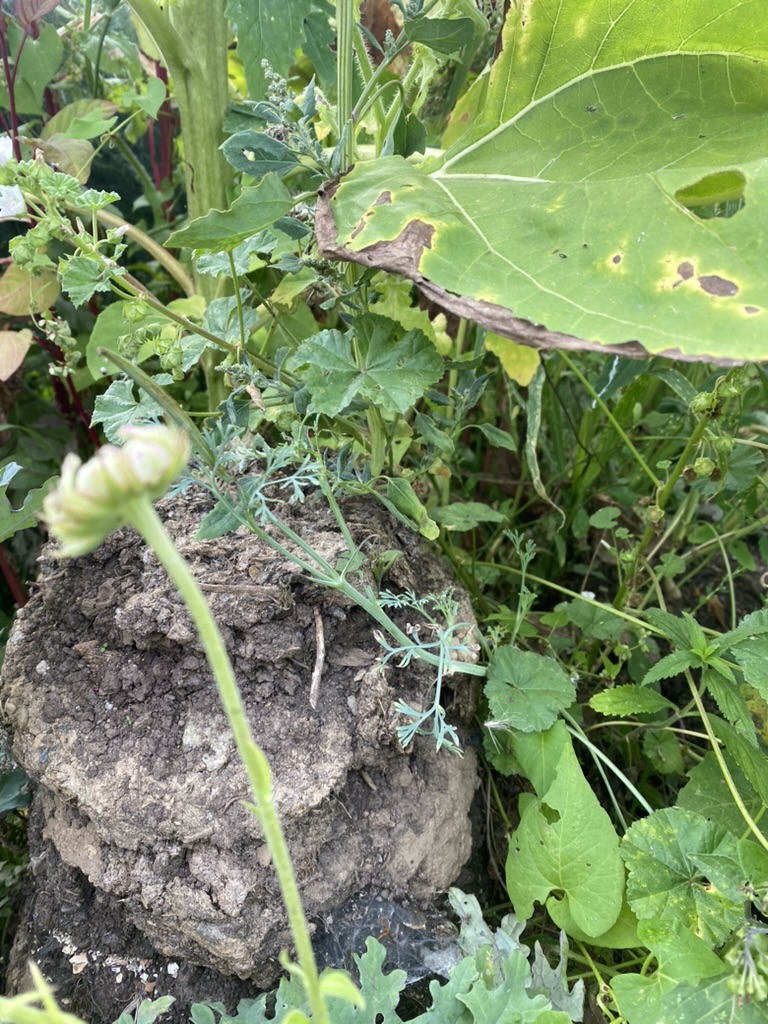


Constellations are drawn from storied connections in cedar and stone. Drawn from daily life, a sleeper and a seeker, consist of dremeled drawings indented into chunks of charred Cedar. Polished moonstones sit in the grooves of drawn lines, creating constellations in prismic stone.
material
cedar, moonstones, pins, hardware.


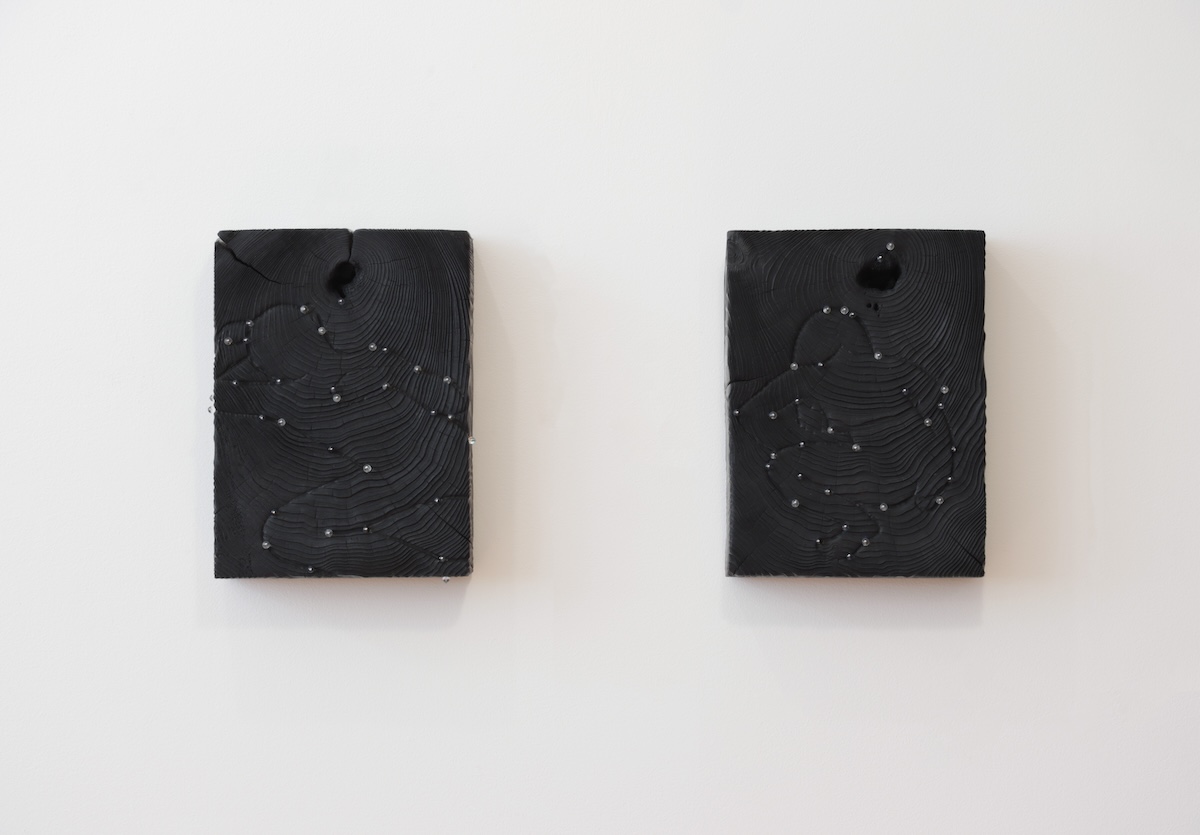
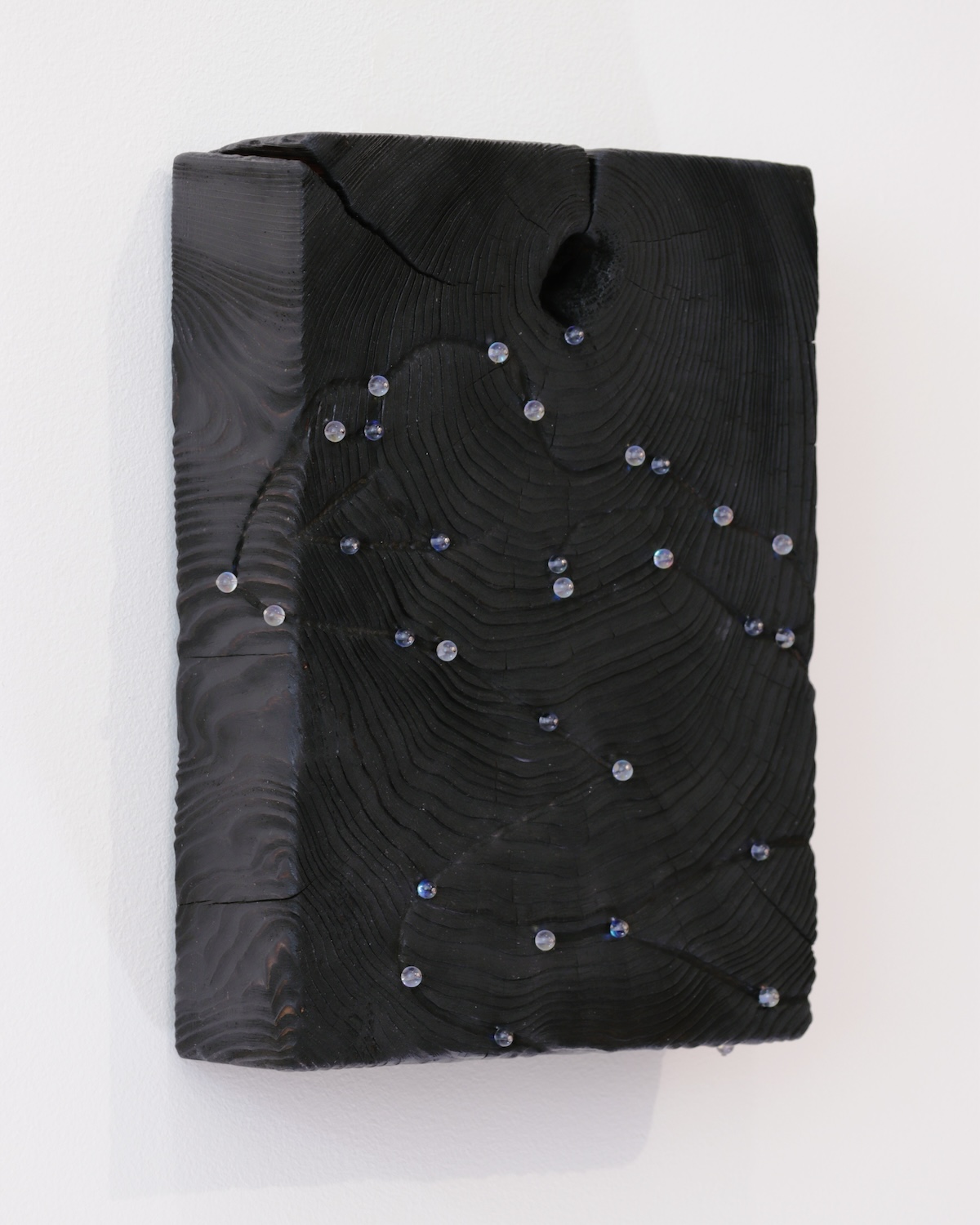

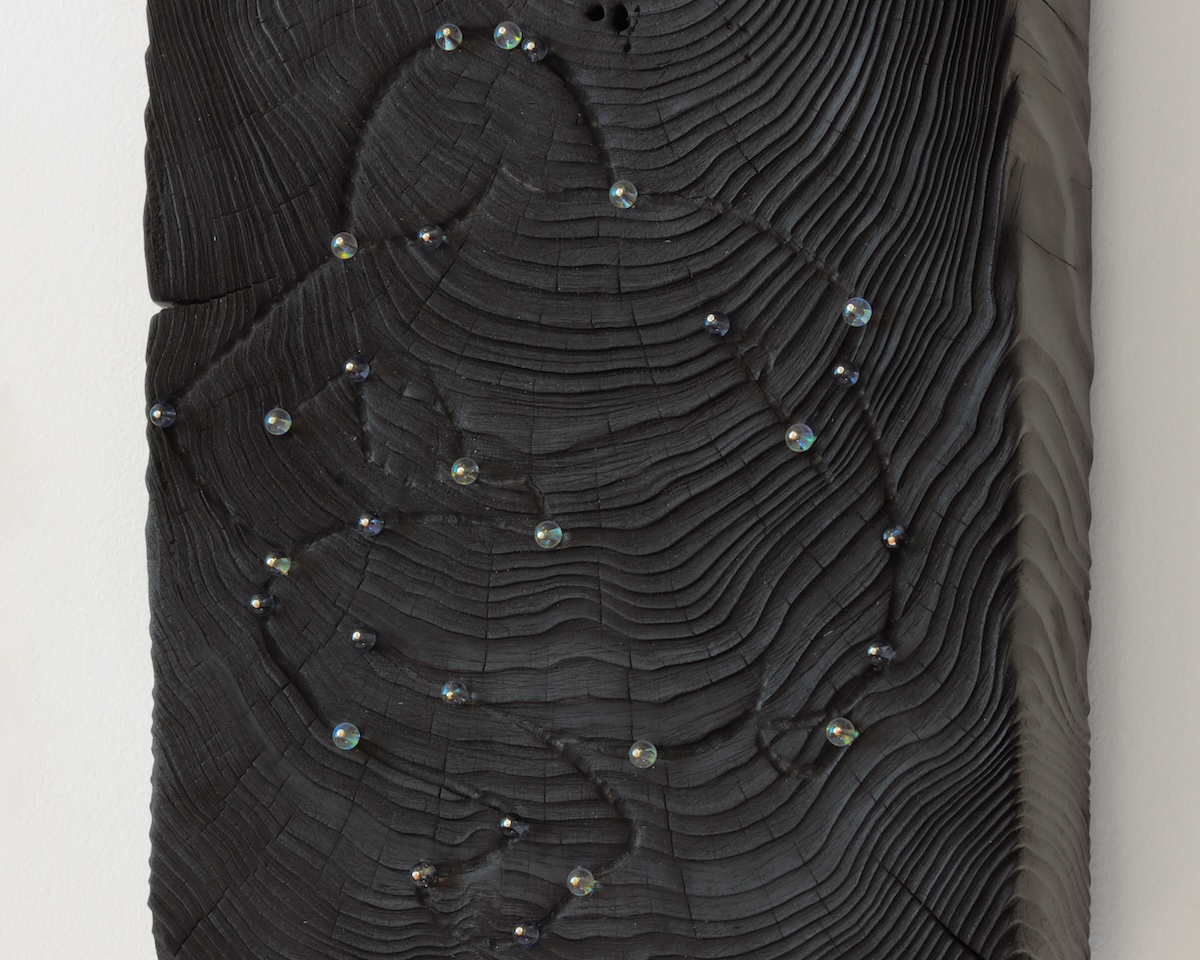
Cedar Chorus [in five parts] was conceived for re:location, a group exhibition at Salt Spring Arts, that brought together artists engaging with the complexities of place, ecology, and cultural narratives within the Salish Sea.
material
tinted acrylic, arbutus, cedar, hydrostone, shells, rope, caribiners, resin, sand.
tinted acrylic, arbutus, cedar, hydrostone, shells, rope, caribiners, resin, sand.
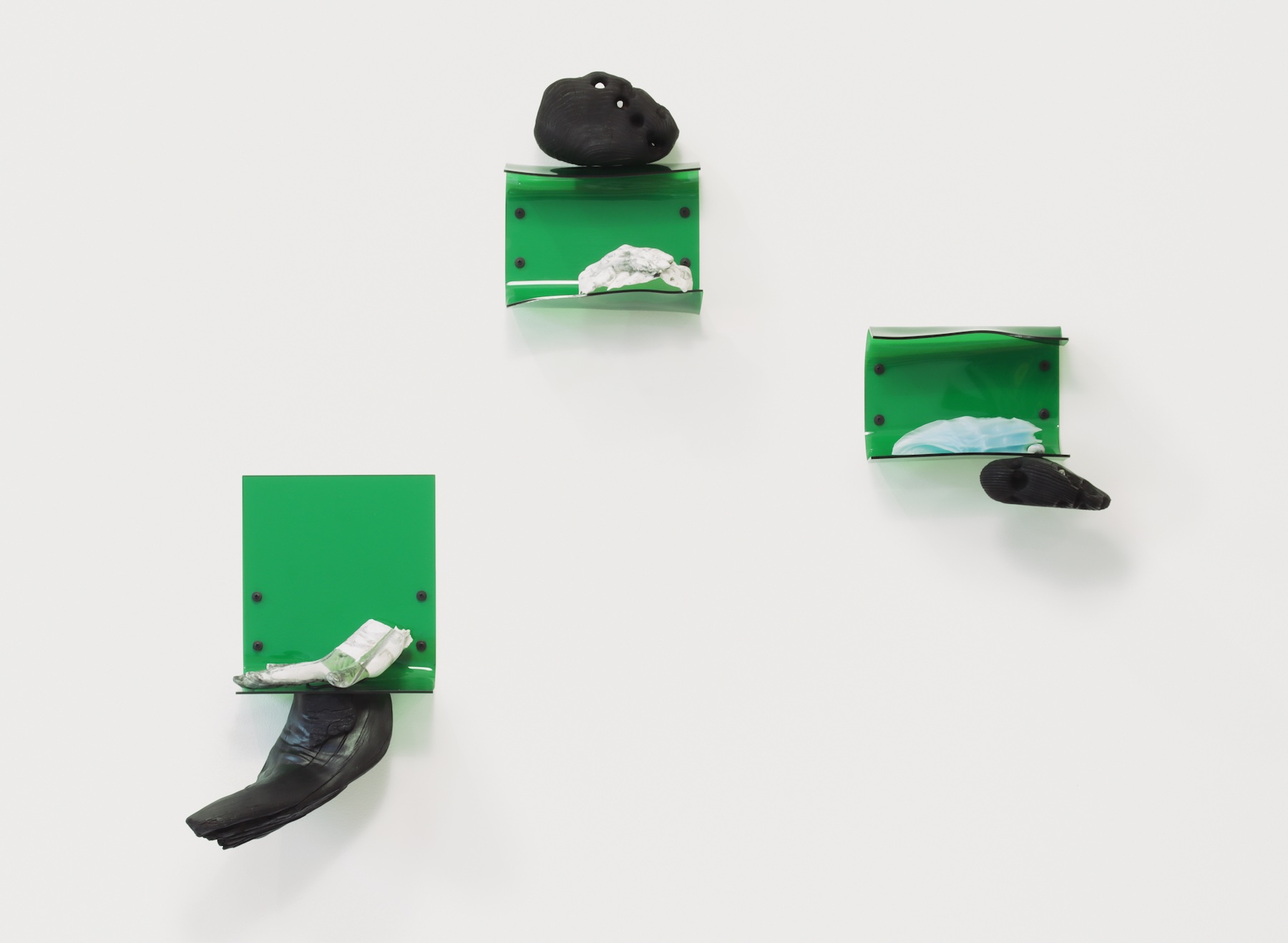
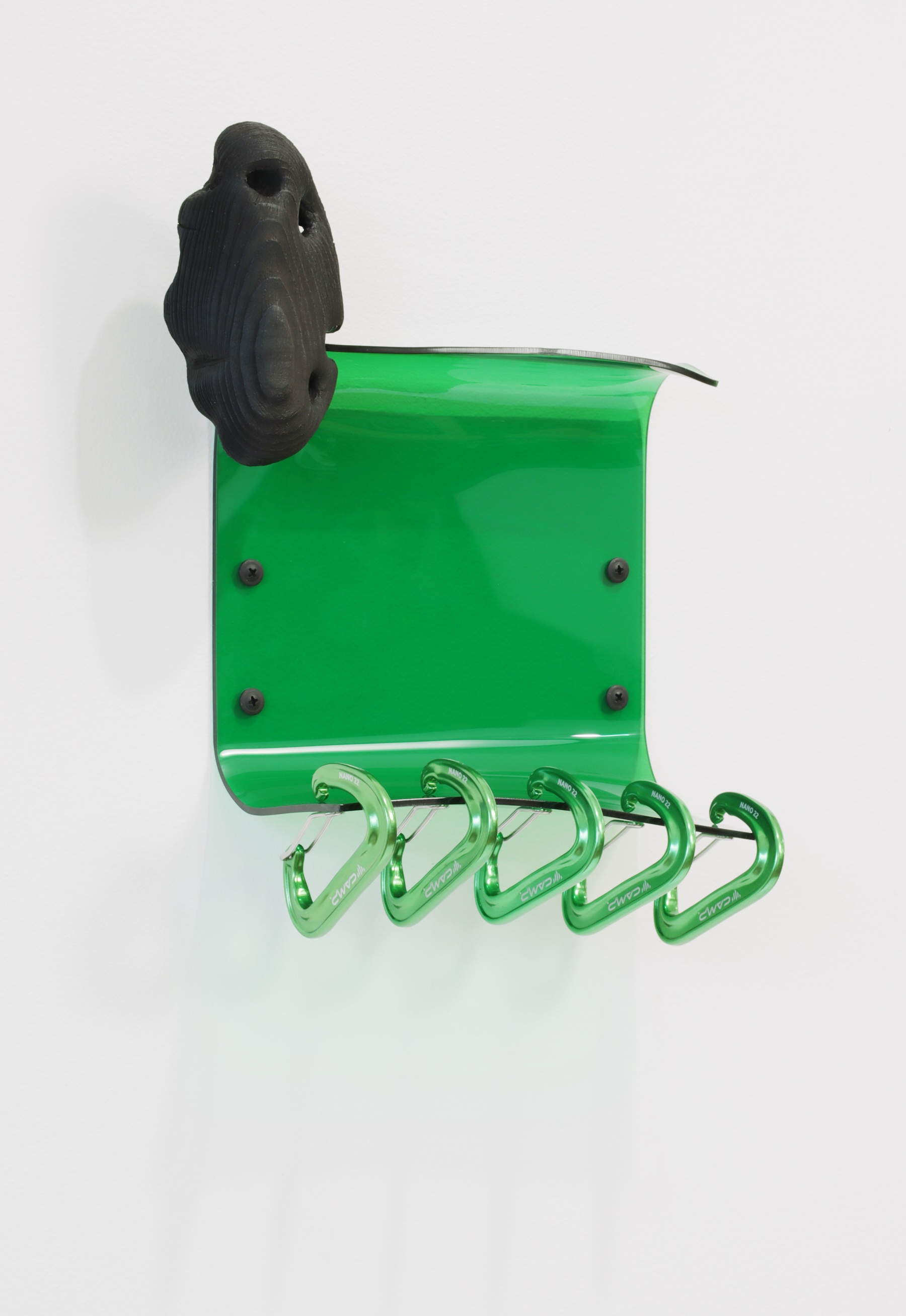
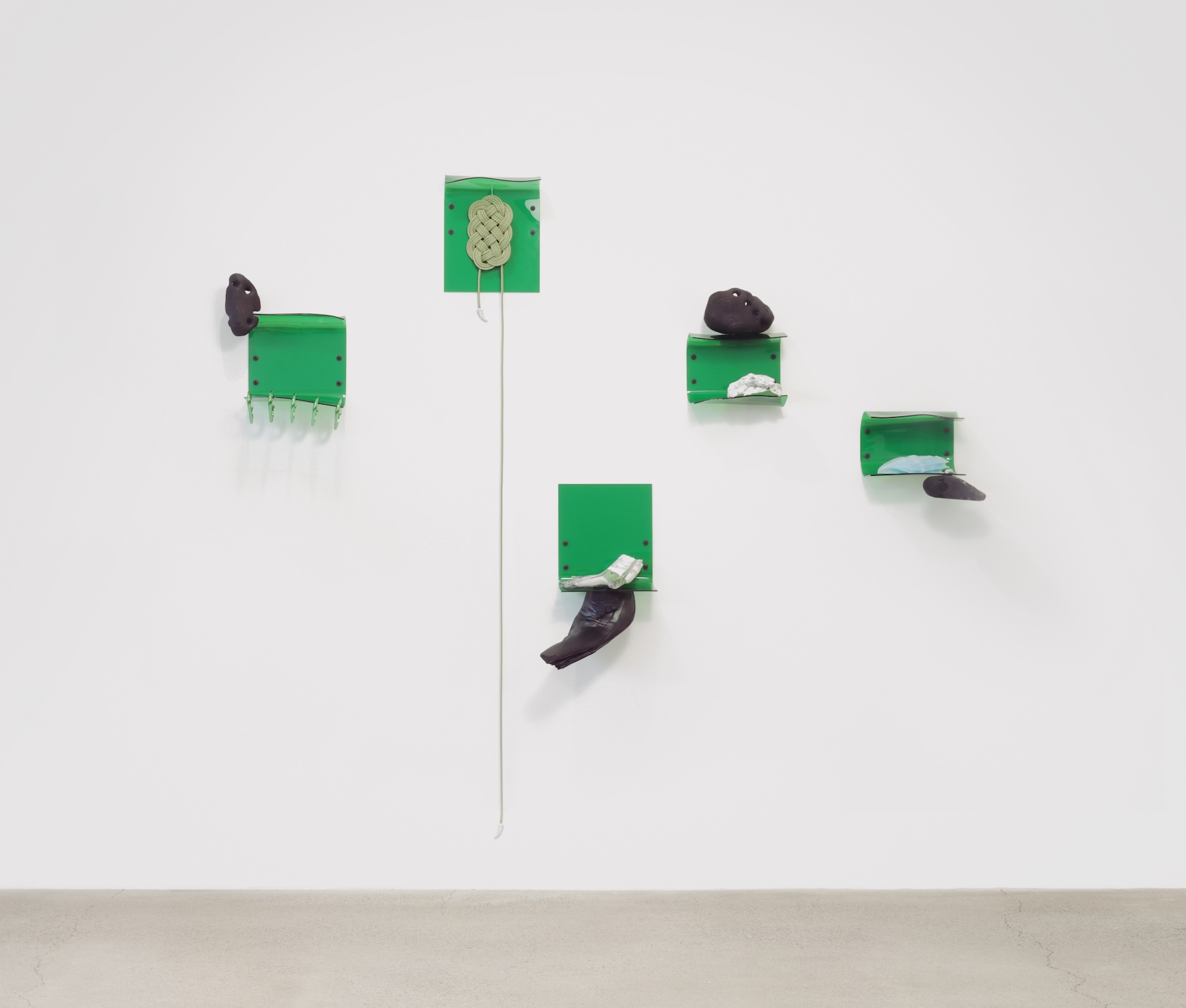
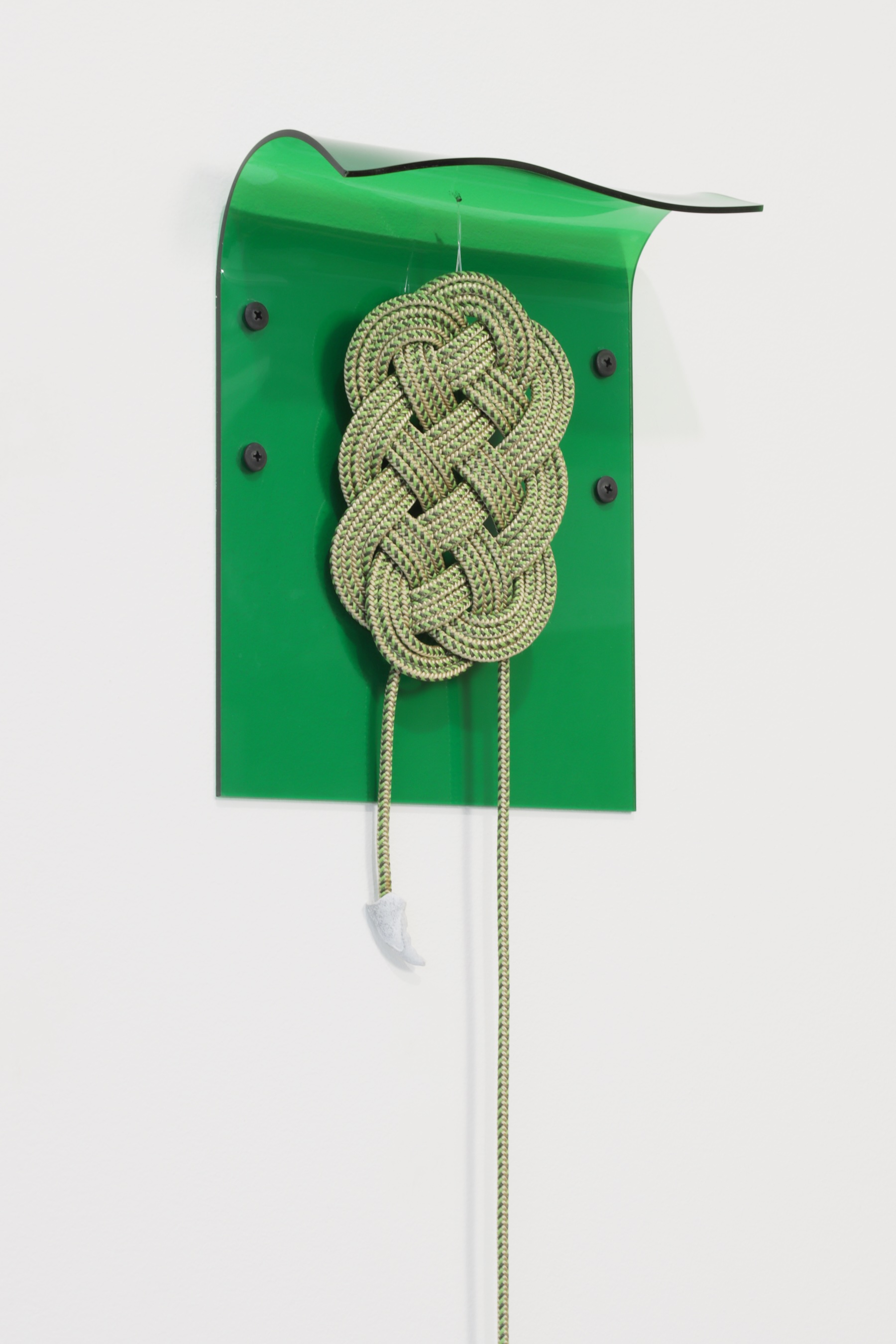



Sink Or Shiver (2022) is a series sculptures exhibited with Zalucky Contemporary. Sink Or Shiver is composed of charred pine, electric pigments mixed by the artist, and resin cast, cupped hands and bent knees. The artists hands and knees are inset into holes in the charred planks. The hollow shells in multi-coloured resins, become egg-like emergences from the charred wood.
material
pine, pigments, resin casts, hardware.
